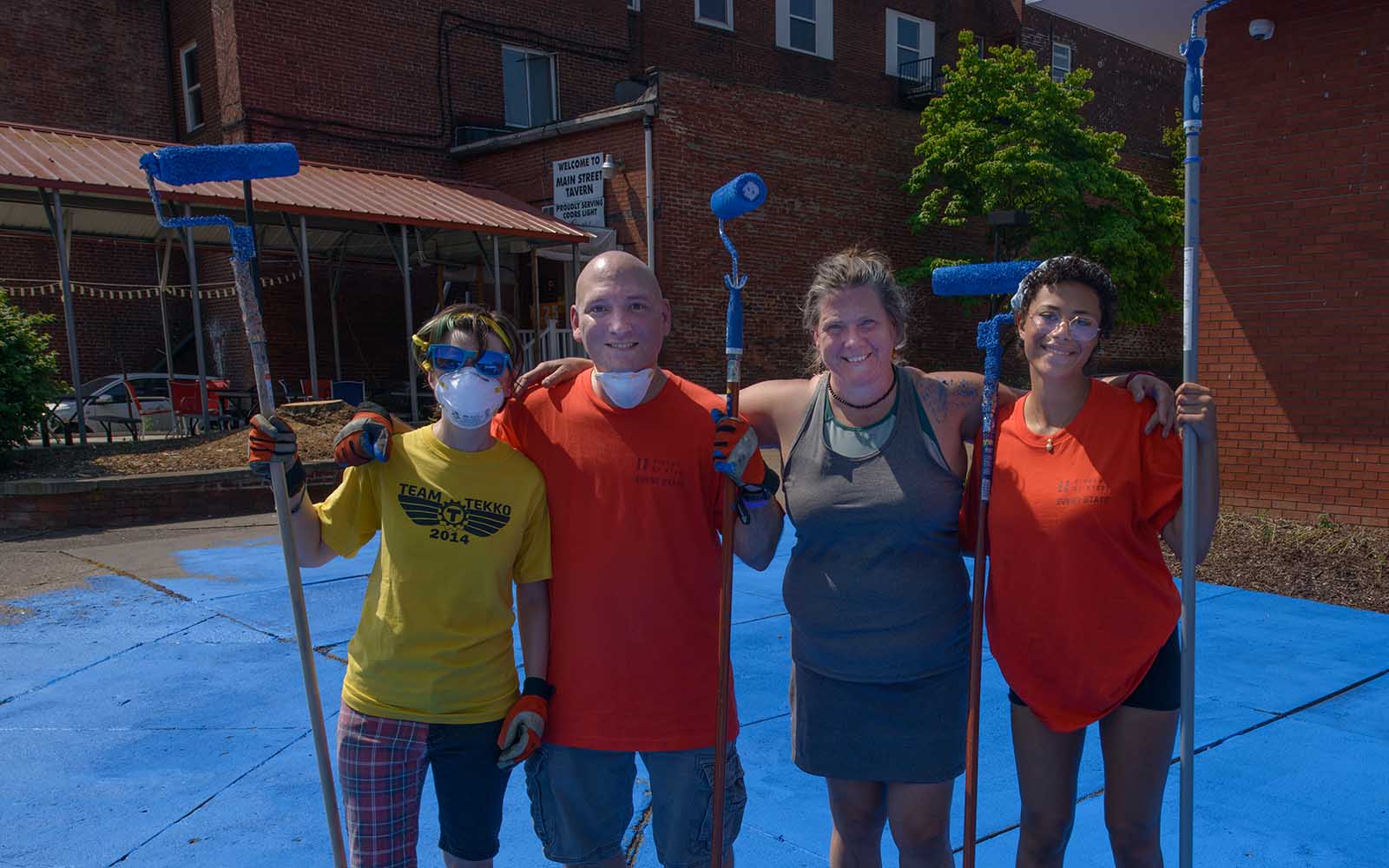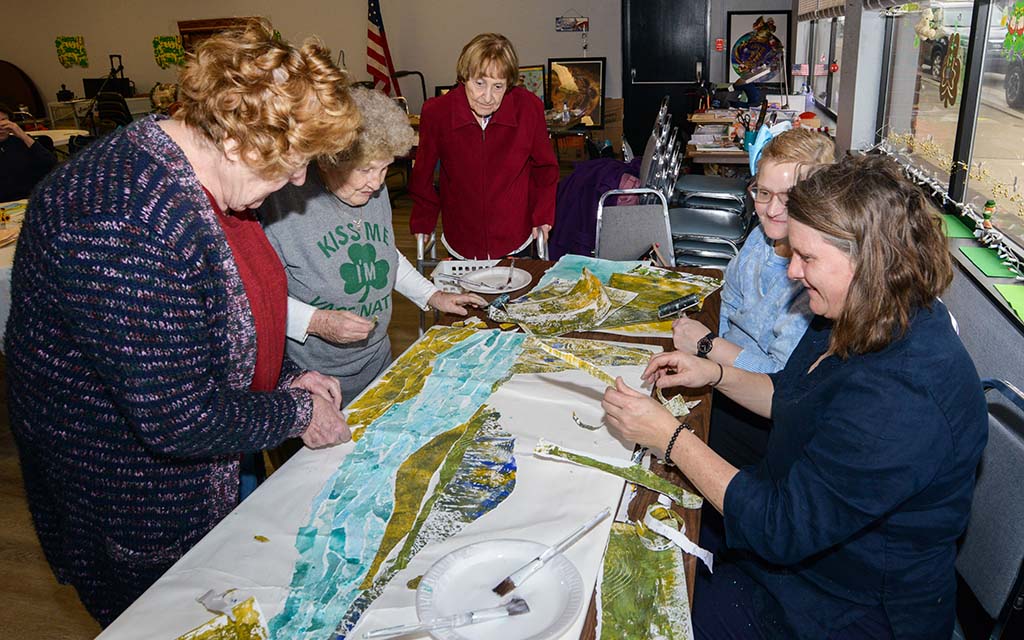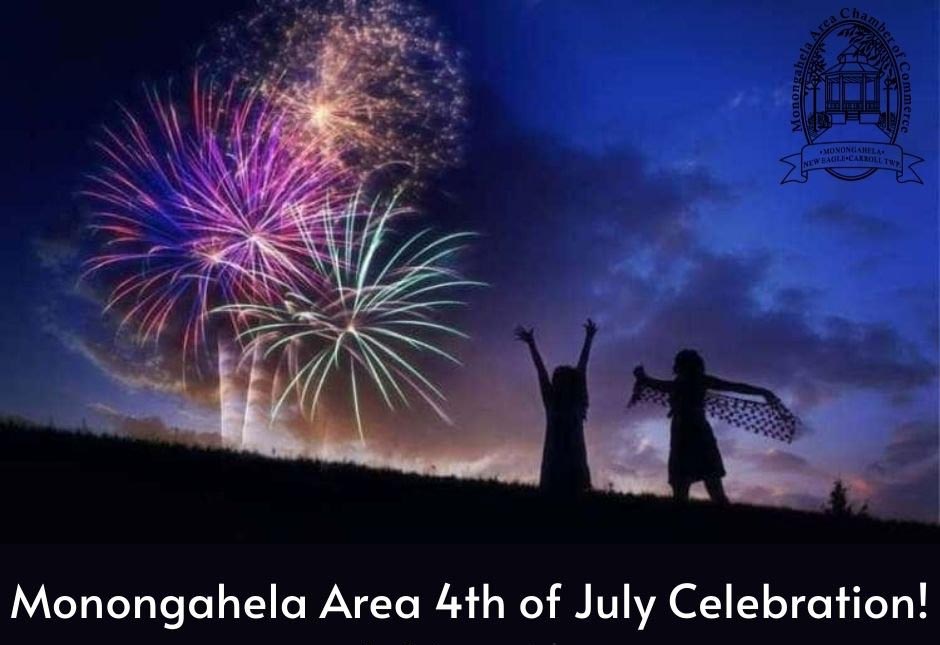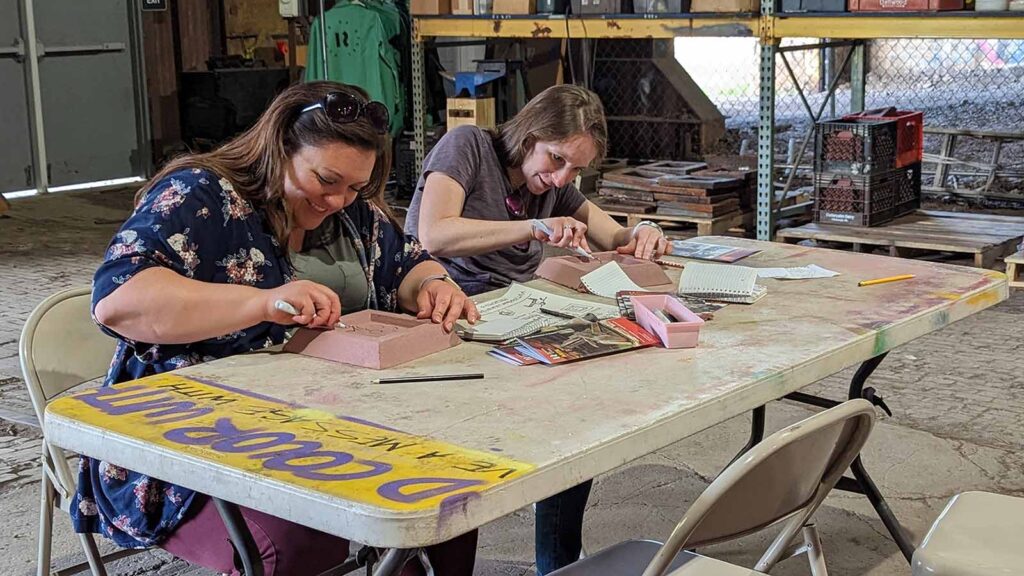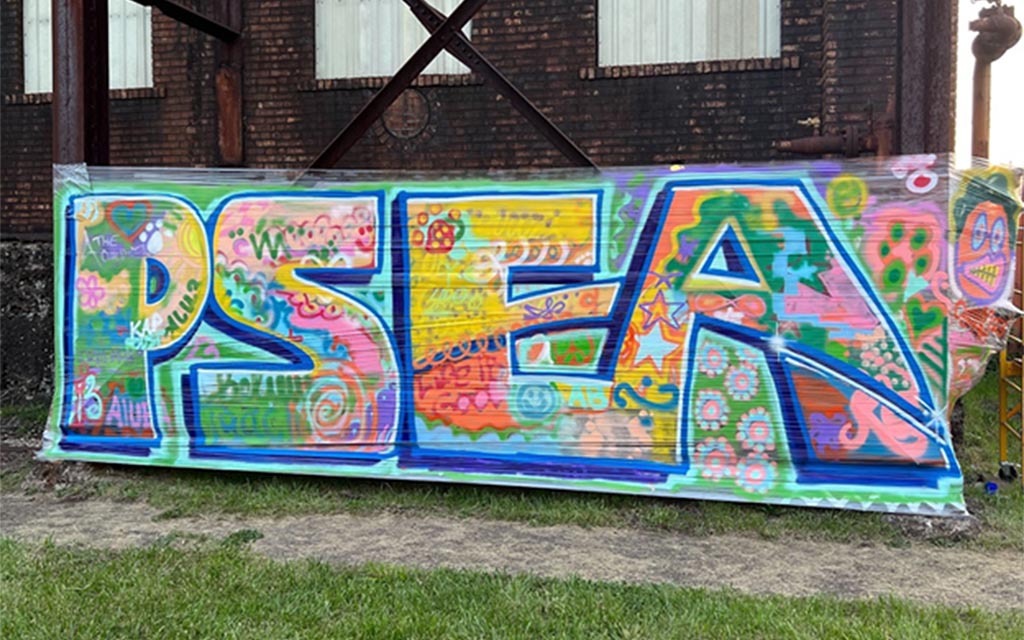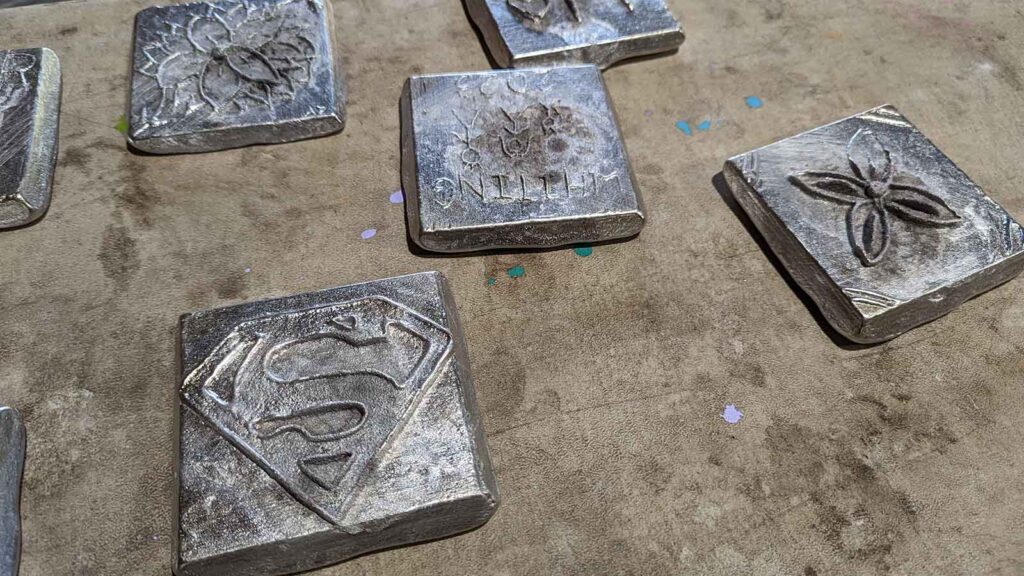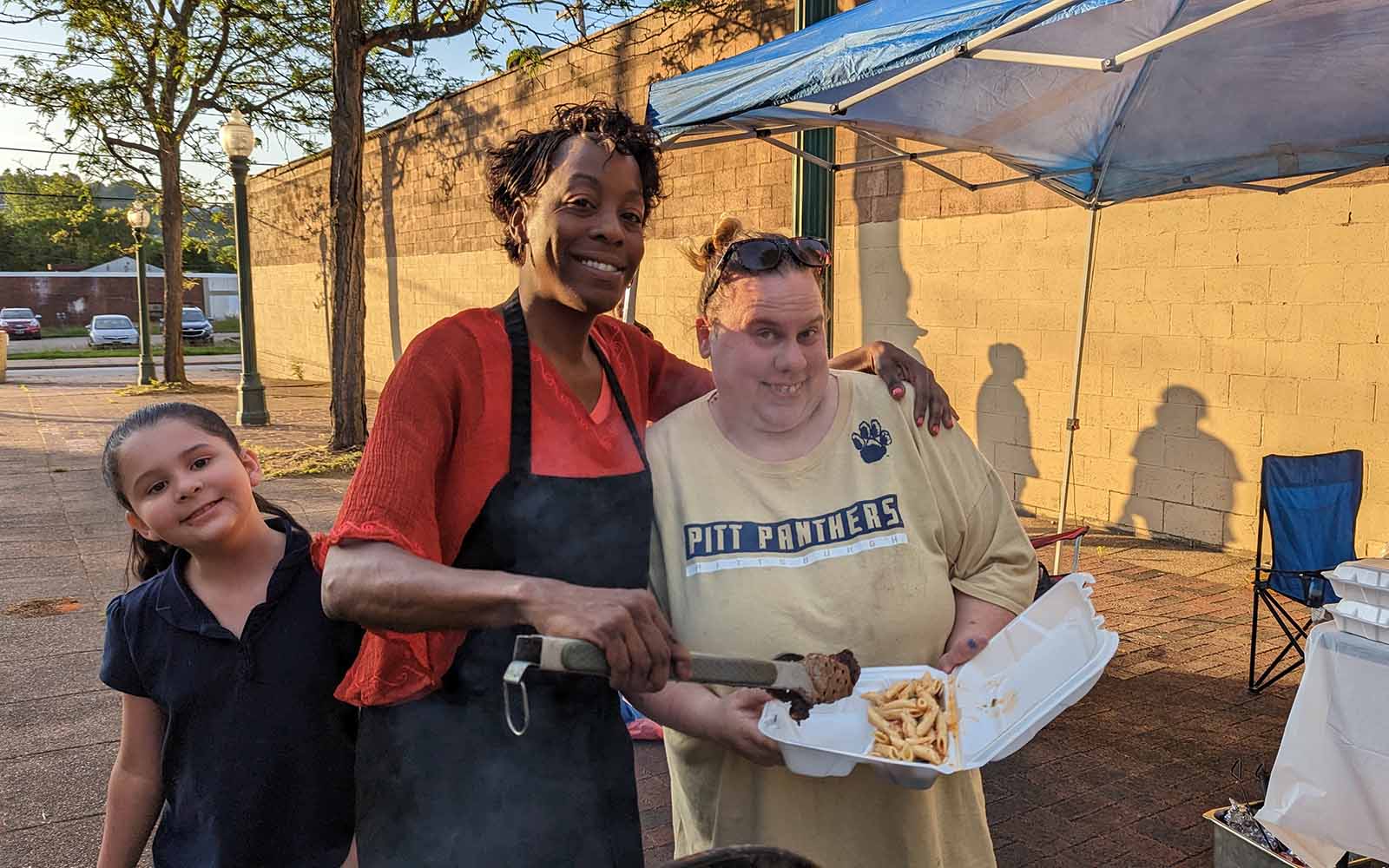
Food vendors in the Community Plaza on Eighth Avenue during a 2023 Homestead Live Fridays event.
Homestead Live Fridays—A Celebration of Community
By Gita Michulka
Rivers of Steel’s Homestead Live Fridays is wrapping up its year with a final event on October 27, after a season fueled by renewed energy and interest in the borough.
Homestead Live Fridays occurs in multiple venues throughout the area’s Eighth Avenue business district. Presented by Rivers of Steel and the Steel Valley Accelerator, the event series features local performers, art exhibitions, workshops, vendors, and activities on the final Friday of each month.
Though it’s easy to focus on the live music, food and drinks, or artist showcases as the draw for the series, the event’s true highlight is the camaraderie between businesses—a shared desire to promote not only their business but those of their Homestead neighbors, as well. Venues along Eighth Avenue know each other well, and they collectively utilize First Fridays as a way to emphasize the whole area as an entertainment destination.
Since the inception of the series in 2019, the Steel Valley Enterprise Zone, now known as the Steel Valley Accelerator, saw the value in this communal celebration and has been a producer and financial supporter of the series. Through their support, venues are able to pay for live music and other performances as a draw for residents of Homestead and the greater Pittsburgh area, which in turn spurs economic development in the area.
“Homestead Live Fridays continues to evolve as a program driven by local residents and partnering businesses,” said Chris McGinnis, director of arts for Rivers of Steel. “As one of those community partners, we are excited to help produce and promote the monthly series in an effort to get people excited about Homestead. It’s also exciting to see how community collaboration is creating momentum locally. Working with the Steel Valley Accelerator this year has brought some new energy to the events series and the community alike. The Live Fridays series is a great compliment to their vision of a vibrant and dynamic business district in Homestead, and we are thankful for their partnership and support.”
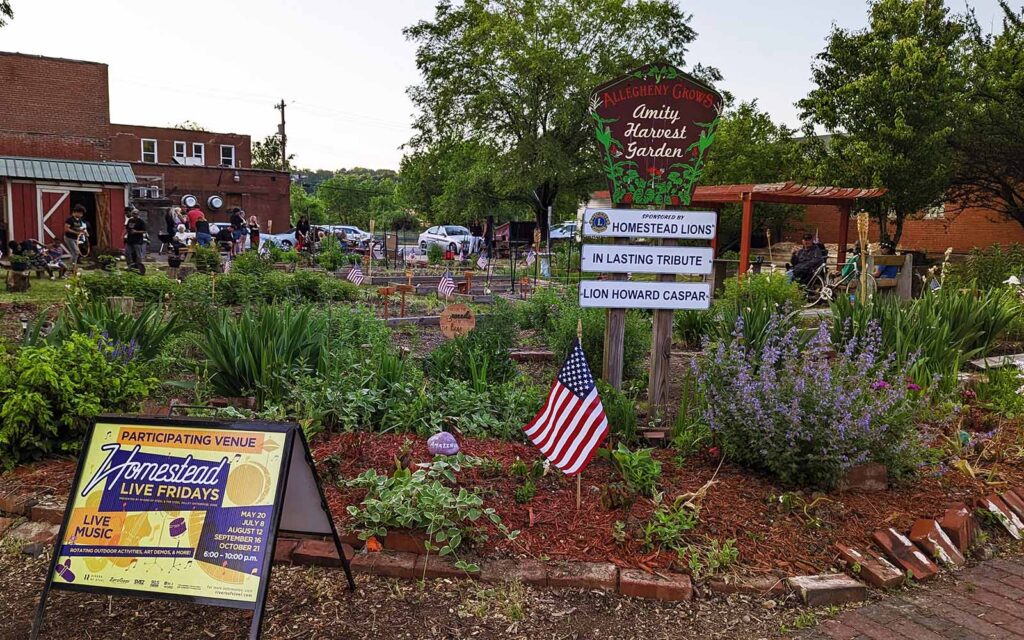
A view of the Amity Harvest Garden from the corner of Amity Street and Seventh Avenue.
One of the unique features of Homestead’s business corridor are spaces maintained by one organization for the good of the whole community. Amity Harvest Community Garden, located at the corner of Amity Street and Seventh Avenue, was established through the Allegheny Grows Program to bring people together with fresh food, ideas, and information in Homestead. The space has evolved to become a small sanctuary along a busy urban intersection.
“Amity Harvest Garden is now more of an education hotspot for gardening,” says Jennifer Miller, longtime volunteer and steward of the space. “We provide a beautiful green space on the corner of an urban setting with the hope that people can walk by and appreciate the pollinators and butterflies and the ecosystem.”
Miller is quick to note that Amity Harvest Garden is a community asset, available for residents out for a walk or for local businesses who are looking to host a meeting or an event in a beautiful outdoor setting. During Homestead Live Fridays the garden hosts live music, with two small caveats—“Bring your own beer, and bring your own chair,” laughs Miller.
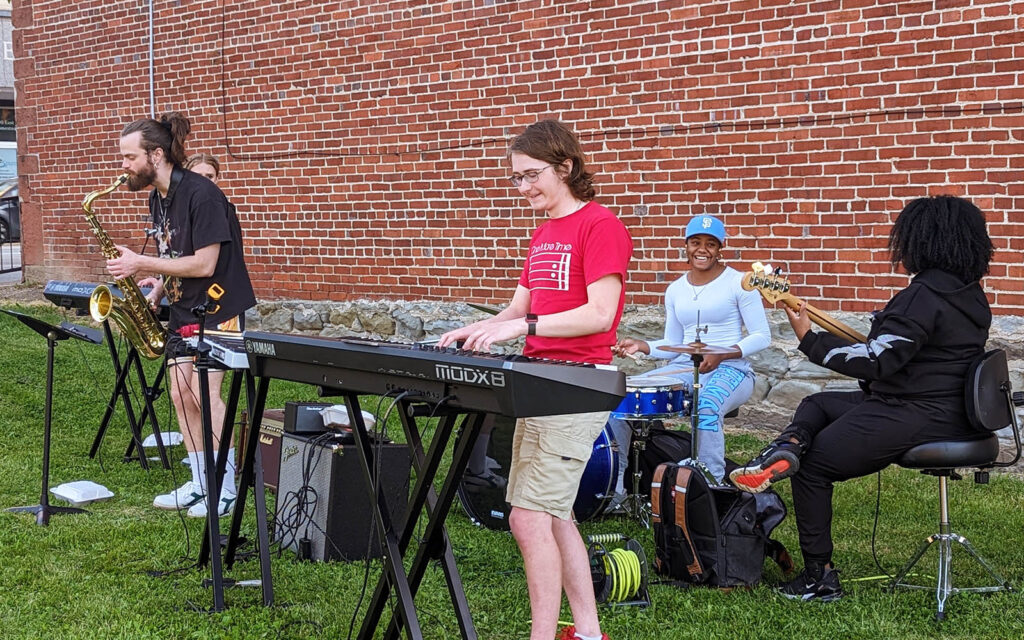
The Difficult Times Jazz Band performs in the Community Plaza on Eighth Avenue, organized by ACORN ANEW.
Another hyper-local organization with a community wide-serving interest, ACORN ANEW, hosts live jazz, vendors, and community activities at an outdoor lot on Eighth Avenue during the events. The group has been an established presence in the Homestead community for years, and utilizes First Fridays to host musical groups such as The Difficult Times Jazz Band, a youth band that formed during the pandemic.
Homestead partners who contribute regularly to the First Fridays series also include Eberle Studios, The Glitterbox Theater, KSD & The Radio Room, Capri Pizza, EON Bar & Grill, The Forge Wine Bar, Voodoo Brewery, Golden Age Beer Company, Dorothy Six, Duke’s Upper Deck Cafe, Live Fresh Juicery, Millie’s Homemade Ice Cream, and Retro on 8th.
For incoming Borough Manager Amanda Loutitt, these connections across the community are something special to see.
“Live Fridays are a unique opportunity that I really don’t see happening in other communities,” she notes. “I’m from the Mon Valley, but the other side of it, and we really didn’t have anything like Eighth Avenue, so this is really exciting, just to see things like this happening. It’s a lot of fun.”
“What makes me smile is when I see people from other communities come to Homestead,” agrees Shunta Parms, fellow Borough staff. “You know, it takes away that stigma that people did have about Homestead, when you have people coming from different neighborhoods wanting to enjoy the nightlife in Homestead.”
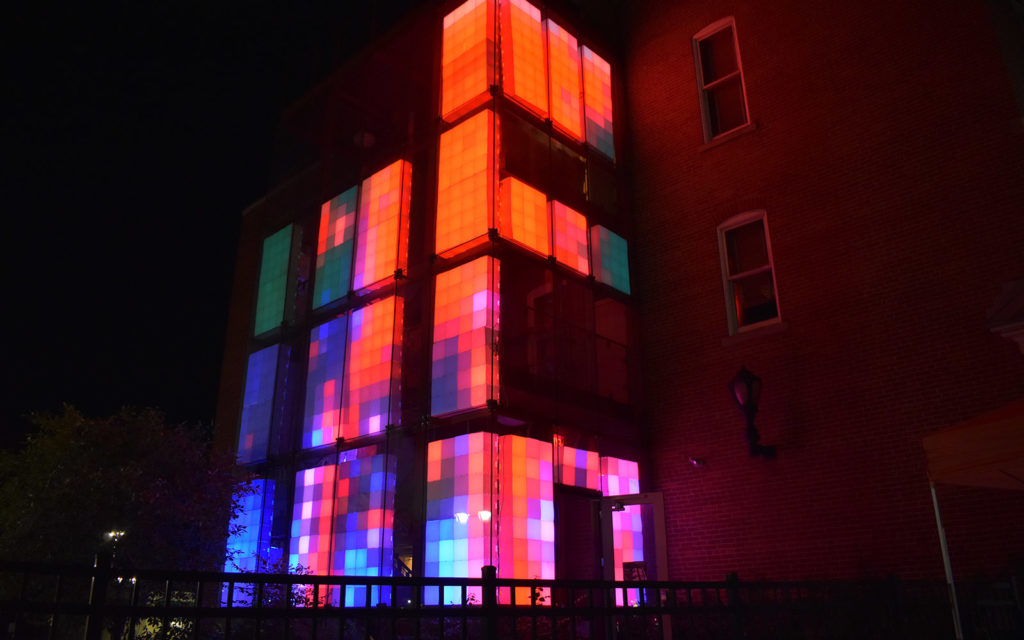
In 2019, Rivers of Steel commissioned artist Ian Brill to create a site-specific light installation in the egress stairwell of the Bost Building to kick off the first Homestead First Fridays event, as it was known then. Learn more.
Rivers of Steel, which is based in the Bost Building on Eighth Avenue, started the Live Fridays series in 2019 as a way to stimulate interest in the Eighth Avenue corridor for Homestead residents in particular and the greater Pittsburgh community in general who may have simply equated Homestead with the Waterfront, unaware of the vibrancy of its traditional business district.
“Rivers of Steel focuses on communities like Homestead because they have rich historical and cultural significance. The coal, iron, and steel industries in southwestern Pennsylvania had a national and global impact,” said Augie Carlino, president and CEO of Rivers of Steel. “As industries evolved or declined, Homestead and other Mon Valley communities often faced economic challenges; by working together we are creating historical awareness and creating economic opportunities. By helping to preserve and promote these communities, Rivers of Steel aims to highlight their contributions to the nation’s industrial heritage, promote tourism and education, and help revitalize these areas by leveraging their unique history.”
Running monthly through October, Homestead Live Fridays occurs in multiple venues throughout the area’s Eighth Avenue business district, including cafes Dorothy Six and Eon Bar & Grill, and local breweries Voodoo Brewing Co. and Golden Age Brewing Company, among others. Presented by Rivers of Steel and the Steel Valley Accelerator, the event series features local performers, art exhibitions, workshops, vendors, and activities on the final Friday of each month from 6:00 – 10:00 p.m. Grab a drink or bite to eat and check out some of the region’s best local live music! For details and updates, visit facebook.com/HomesteadLiveFridays.
 Gita Michulka is a Pittsburgh-based marketing and communications consultant with over 15 years of experience promoting our region’s arts, recreation, and nonprofit assets. Read her prior article on 2023 Homestead Live Fridays.
Gita Michulka is a Pittsburgh-based marketing and communications consultant with over 15 years of experience promoting our region’s arts, recreation, and nonprofit assets. Read her prior article on 2023 Homestead Live Fridays.

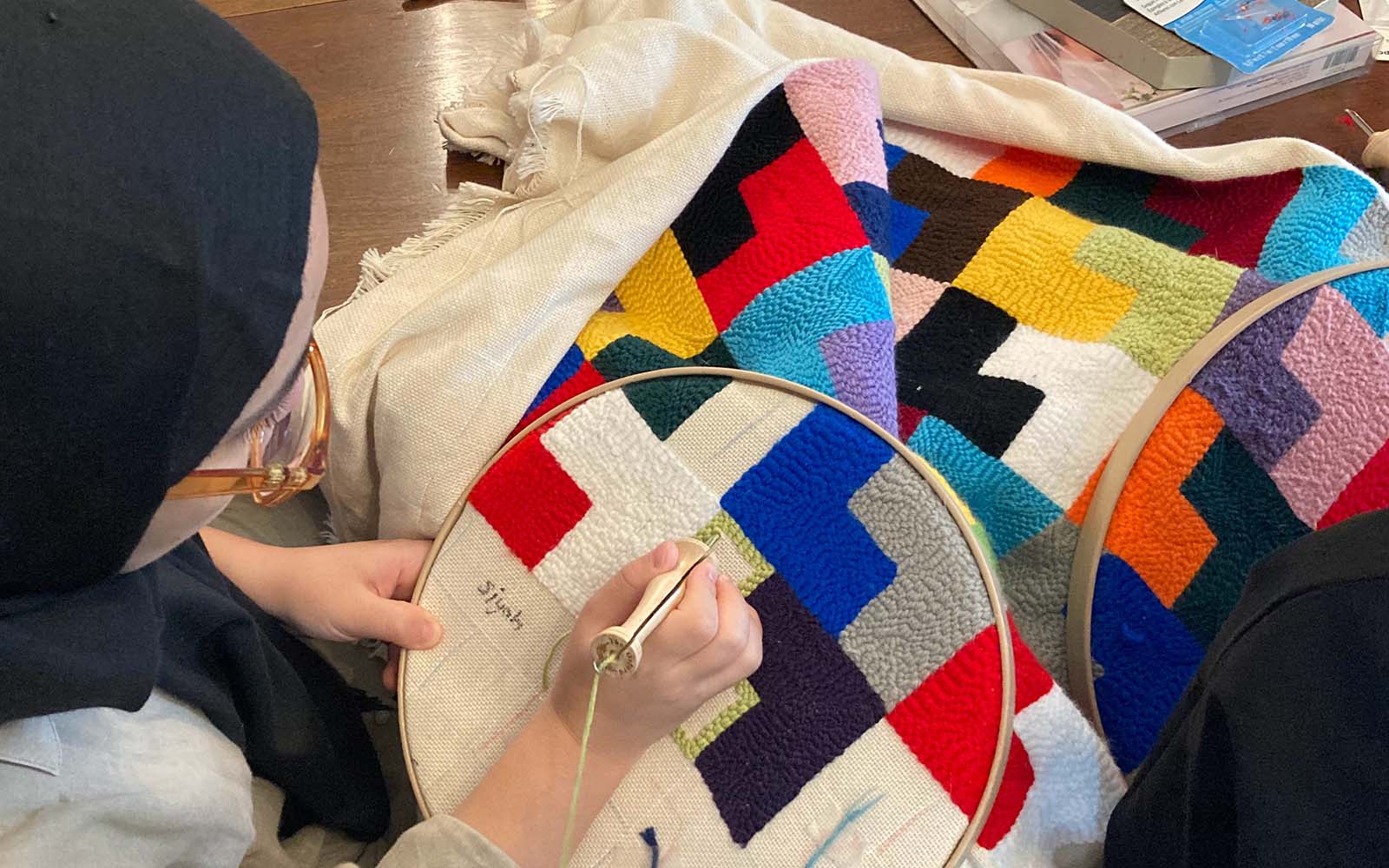
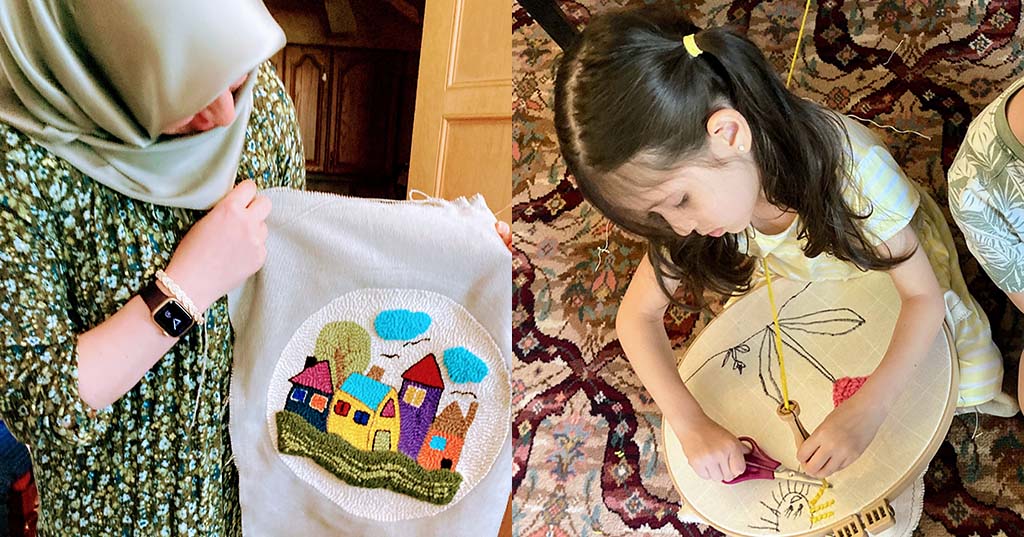
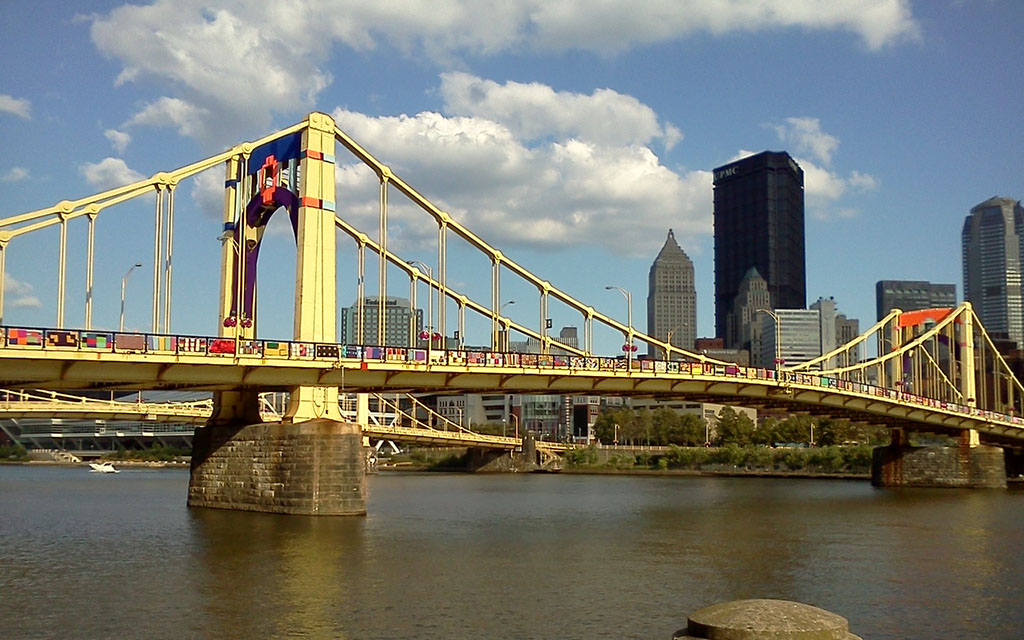
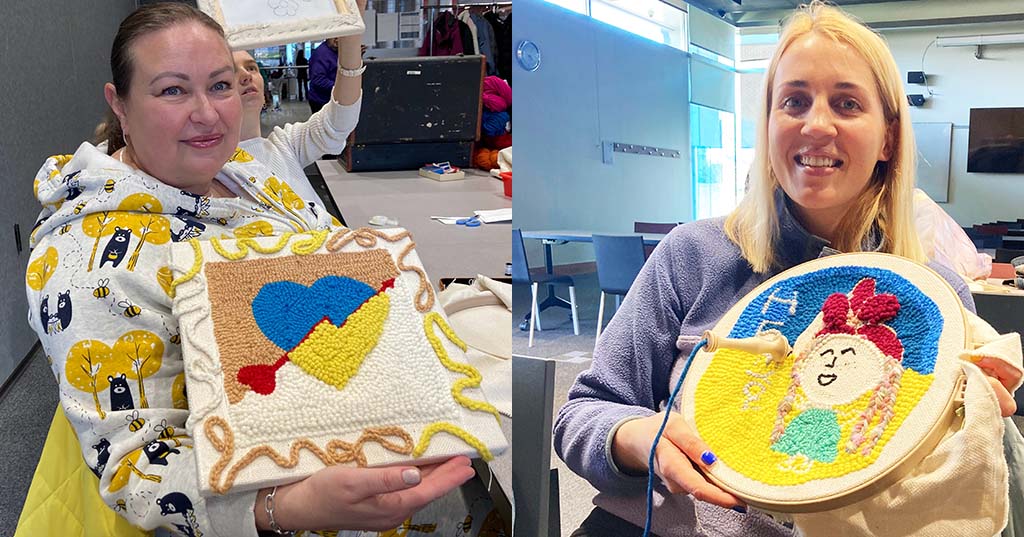
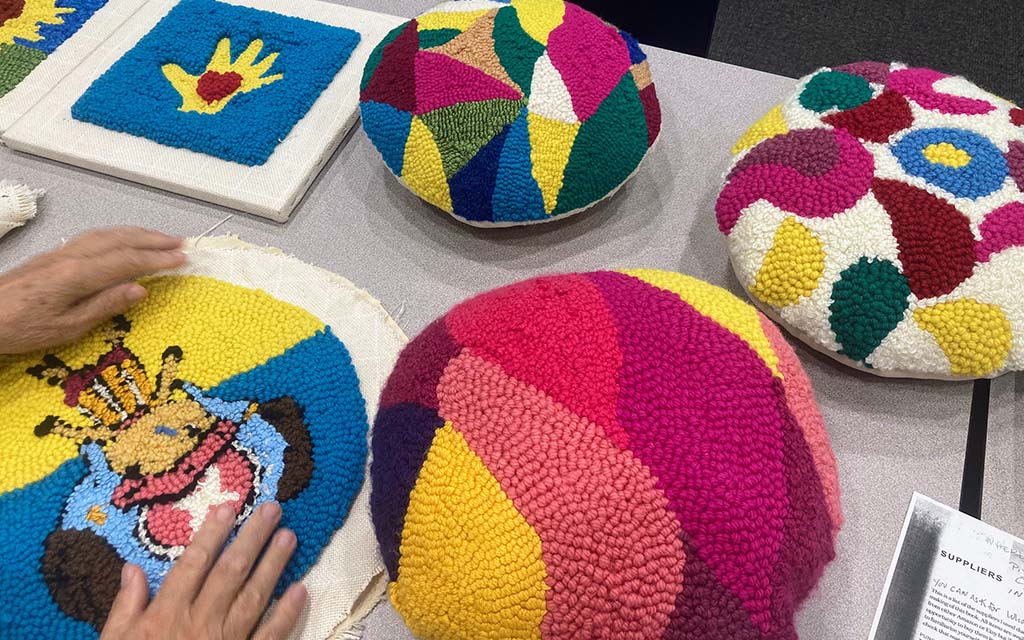
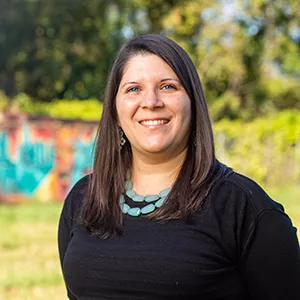 Gita Michulka is a Pittsburgh-based marketing and communications consultant with over 15 years of experience promoting our region’s arts, recreation, and nonprofit assets.
Gita Michulka is a Pittsburgh-based marketing and communications consultant with over 15 years of experience promoting our region’s arts, recreation, and nonprofit assets. 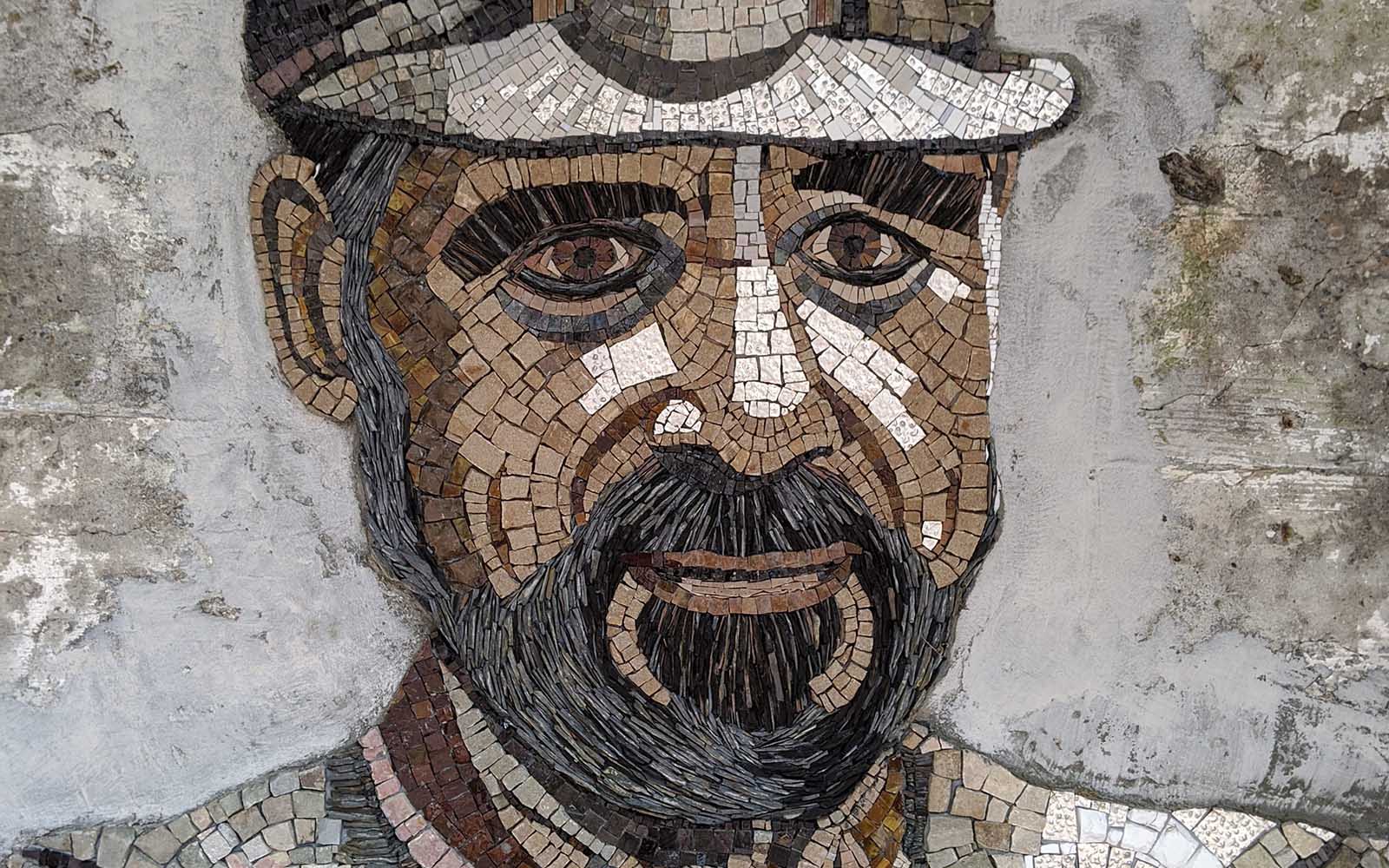
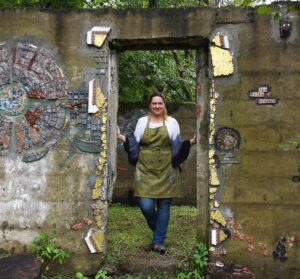


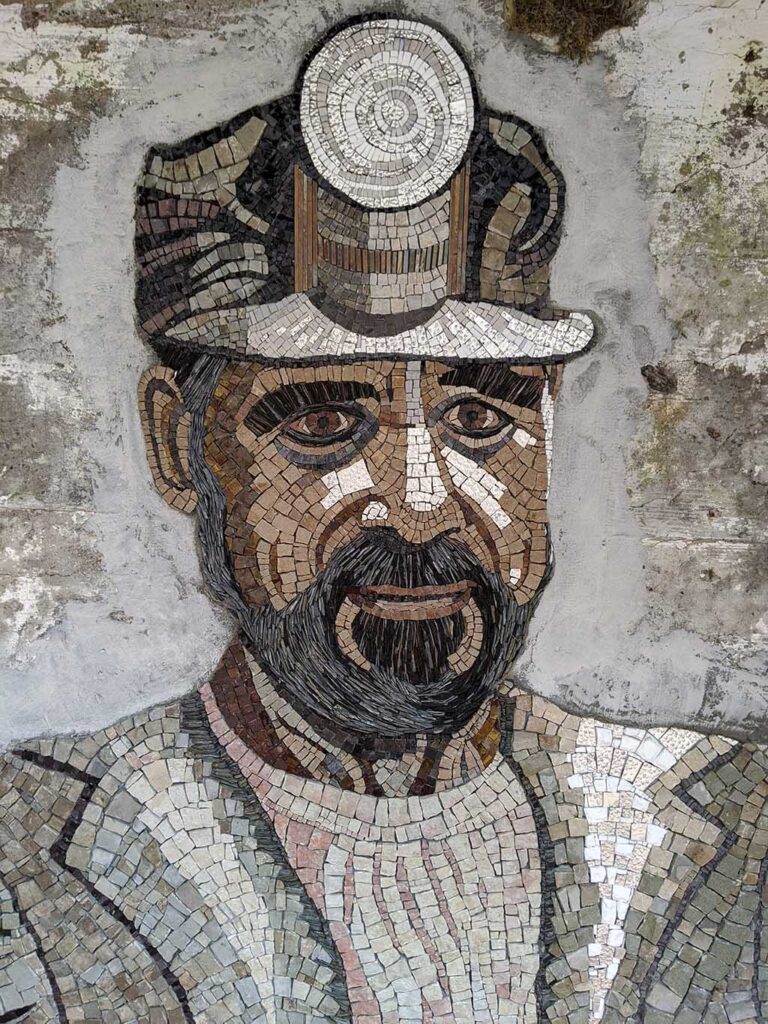

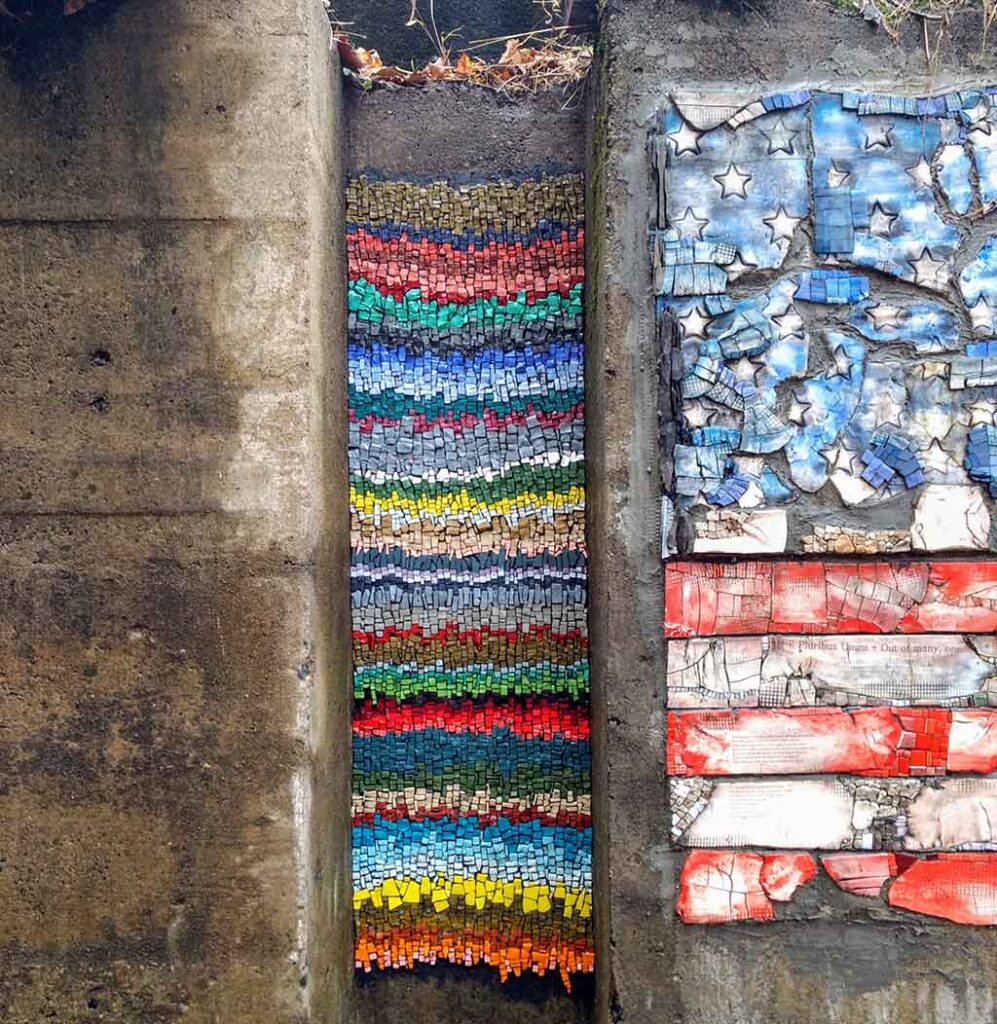

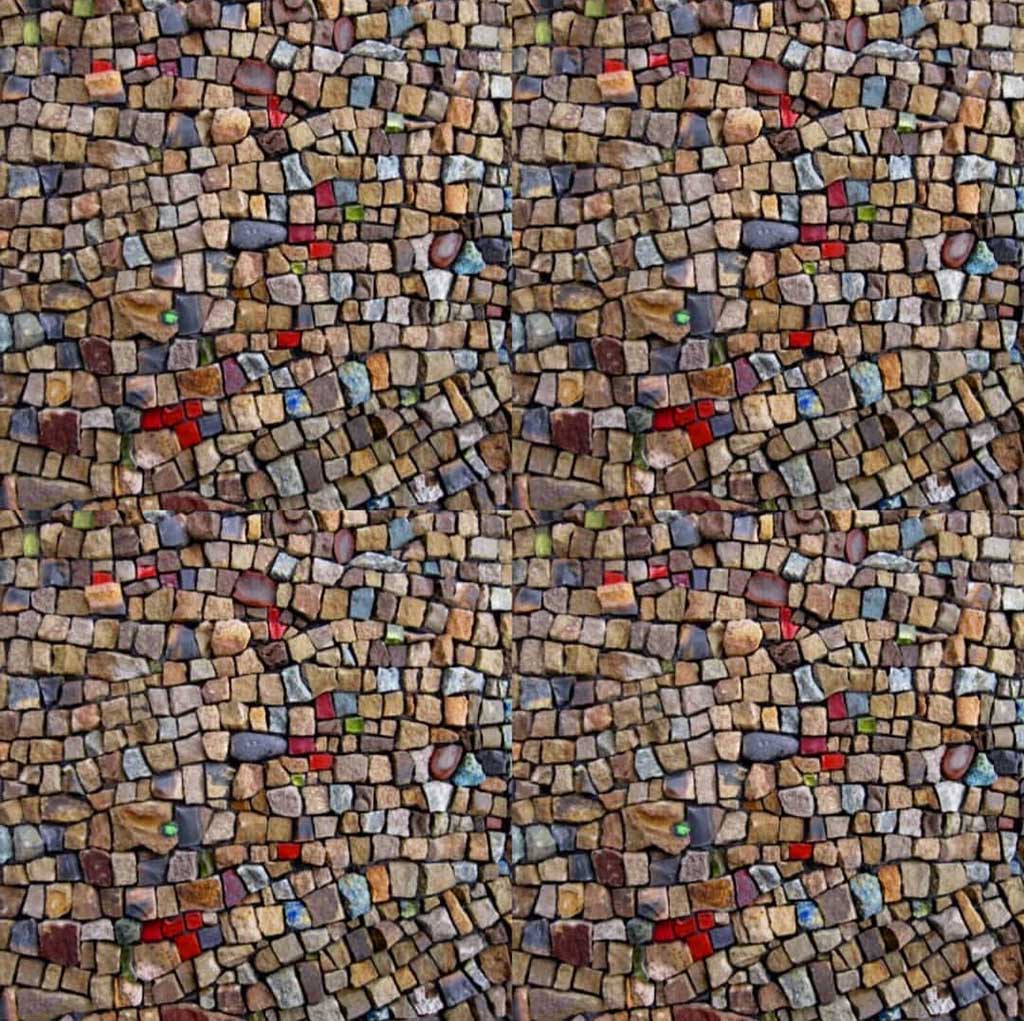
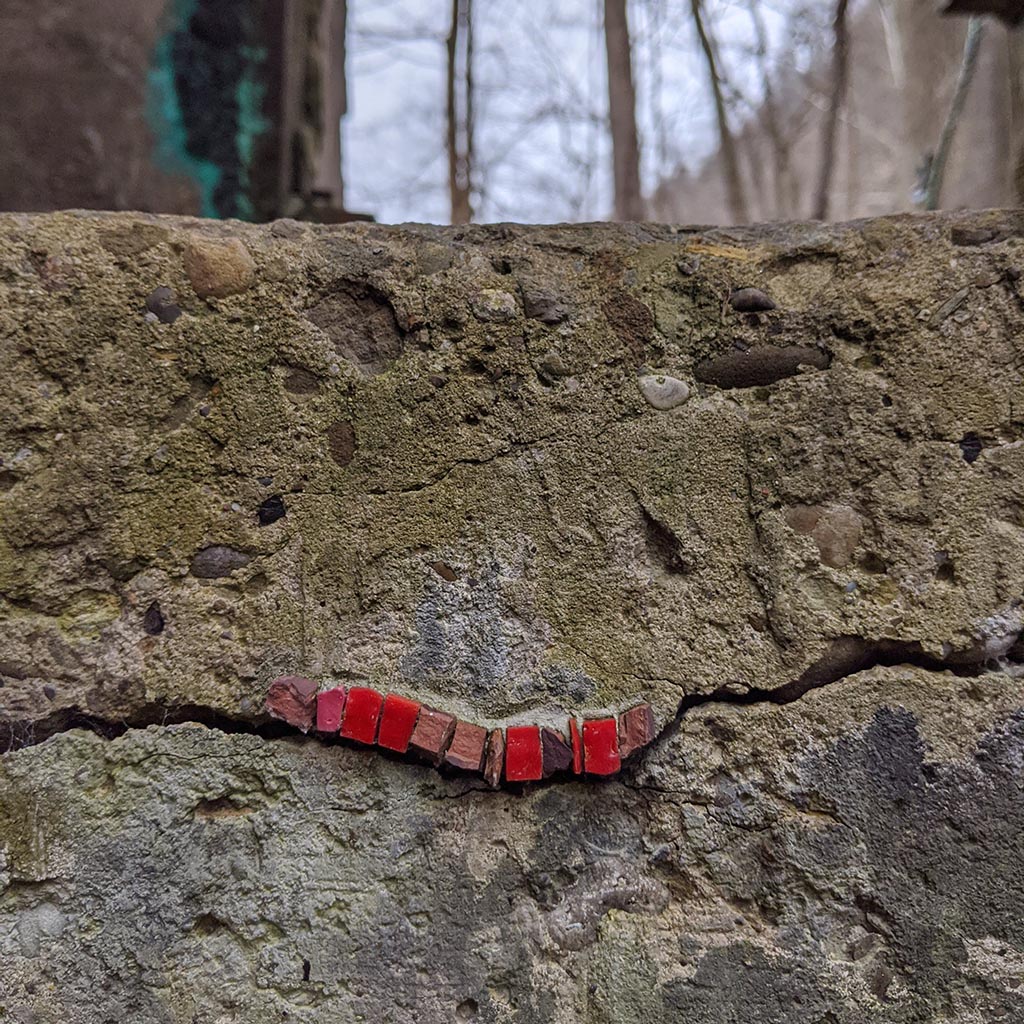
 Rachel Sager, The Storytelling Mosaicist, has been making mosaic, writing about mosaic, speaking about mosaic, and teaching mosaic for over twenty years. Her signature forager and intuitive teaching styles have changed how mosaic is experienced and have helped build on the golden age that the art form is enjoying in these exciting decades.
Rachel Sager, The Storytelling Mosaicist, has been making mosaic, writing about mosaic, speaking about mosaic, and teaching mosaic for over twenty years. Her signature forager and intuitive teaching styles have changed how mosaic is experienced and have helped build on the golden age that the art form is enjoying in these exciting decades.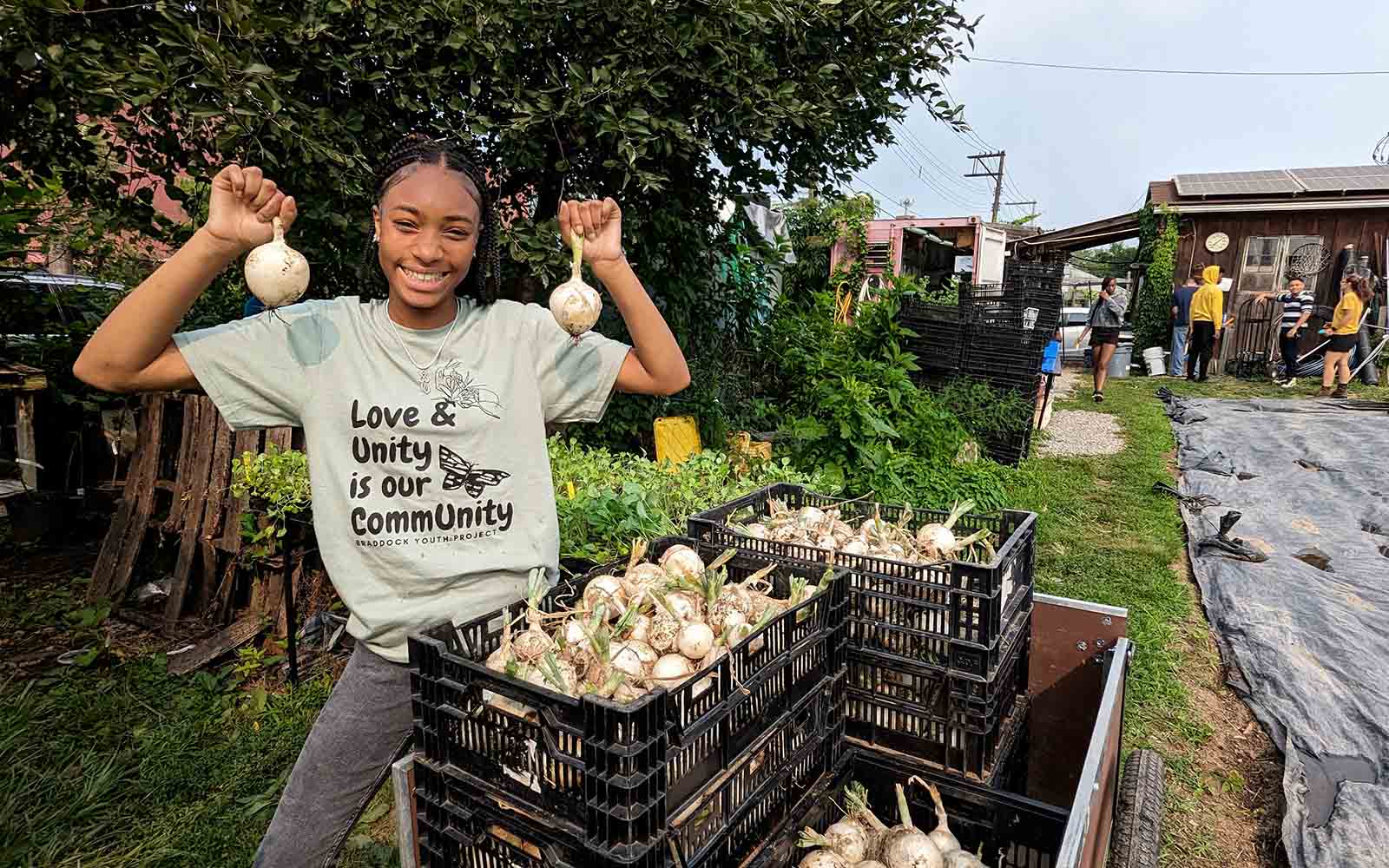

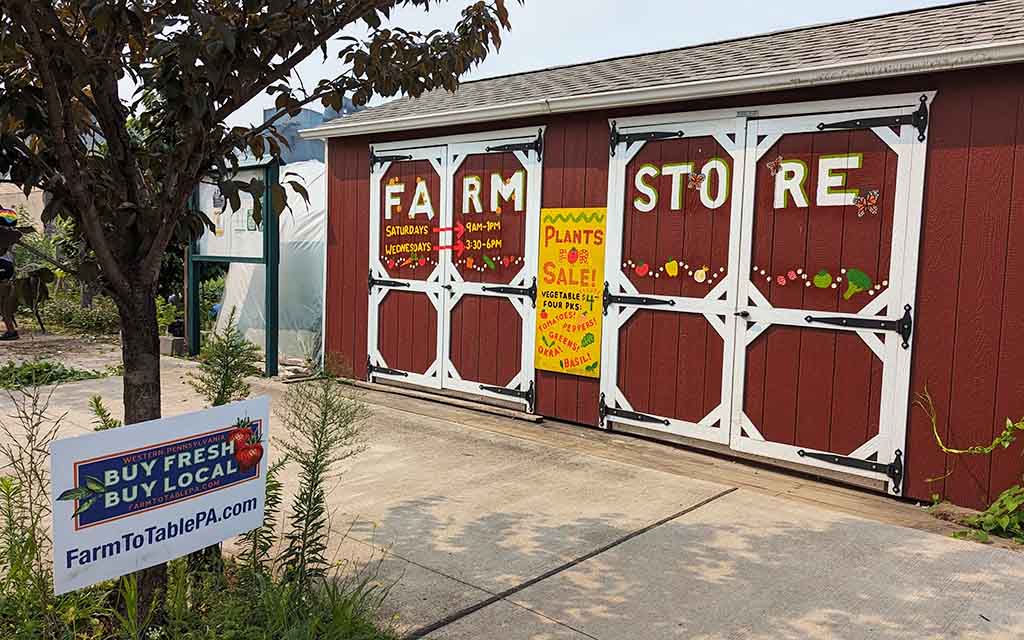
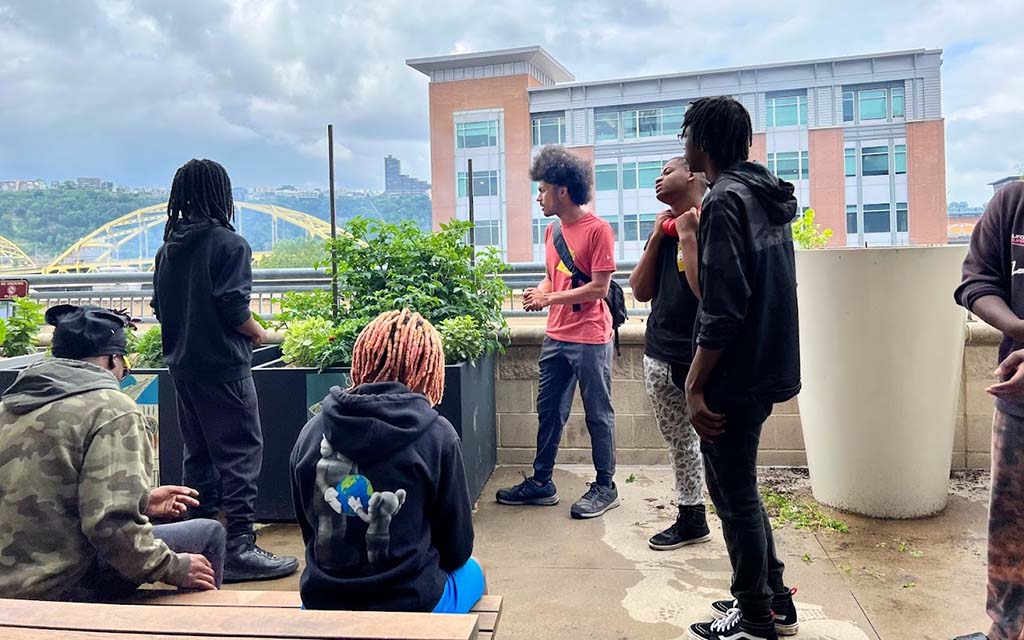
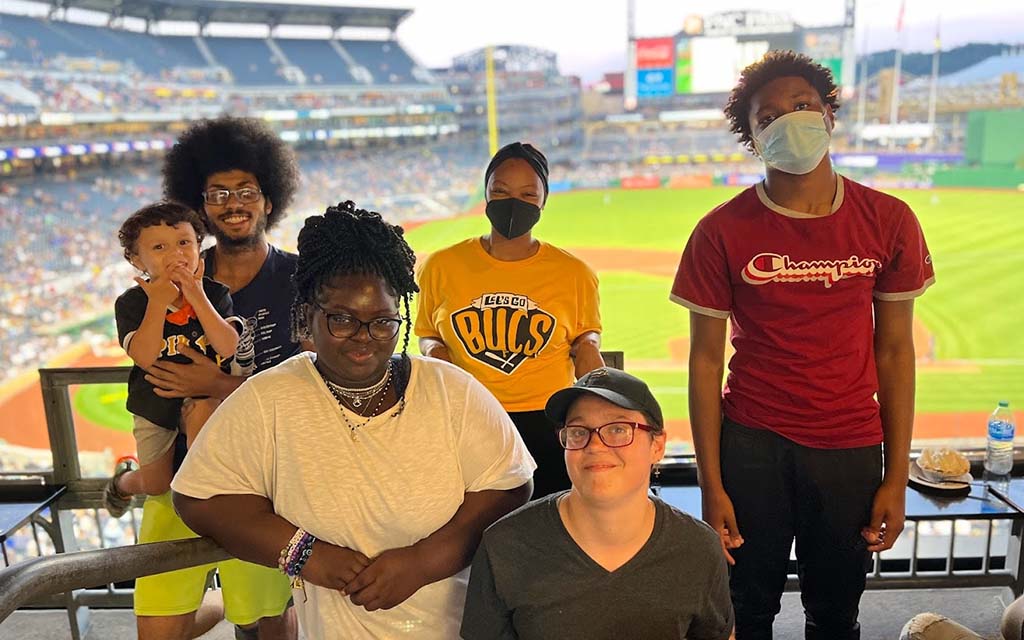

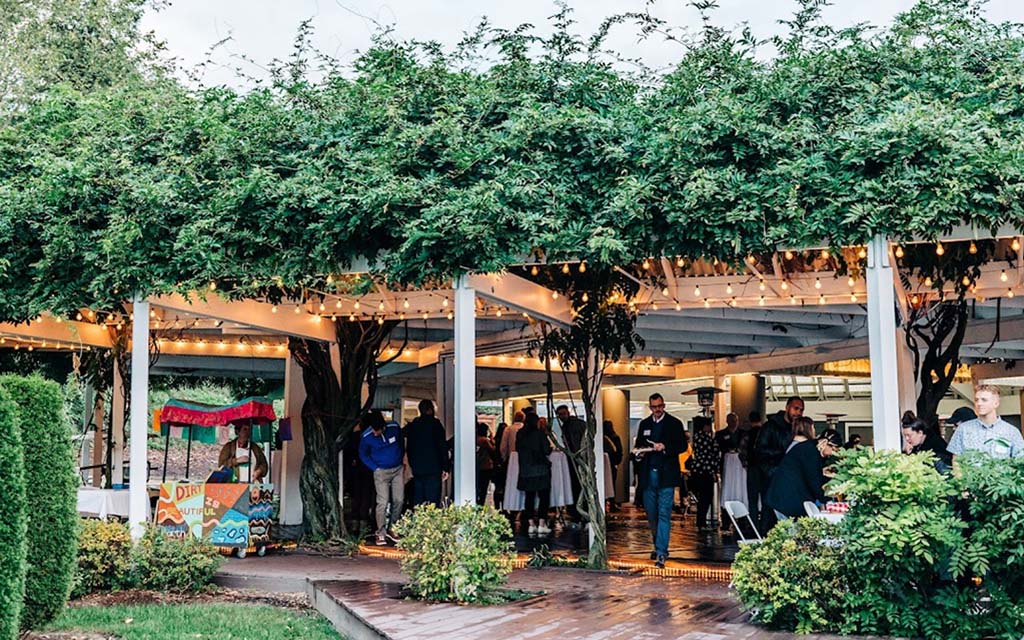
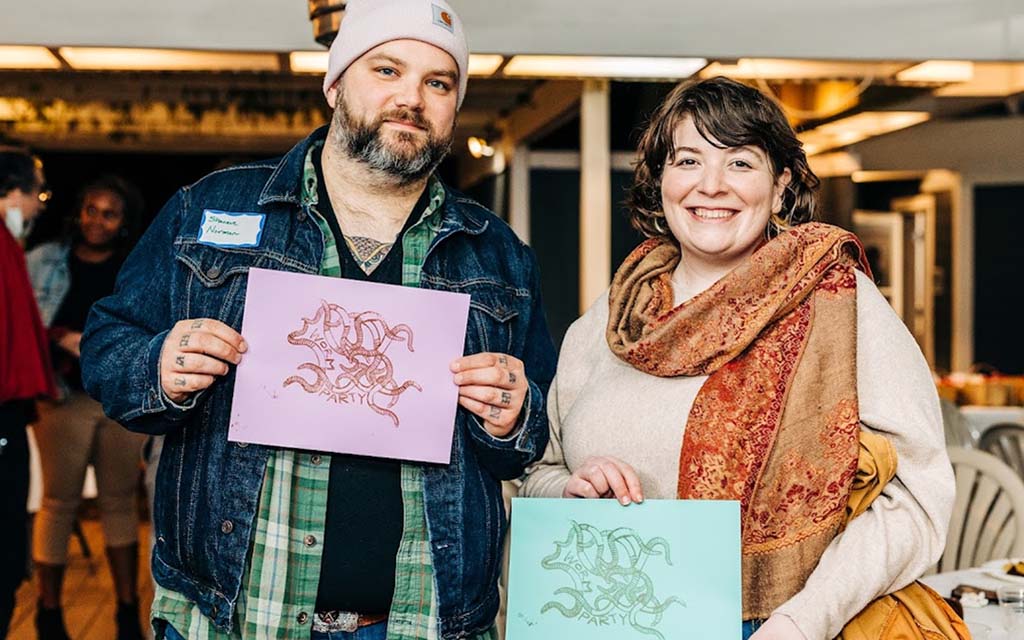
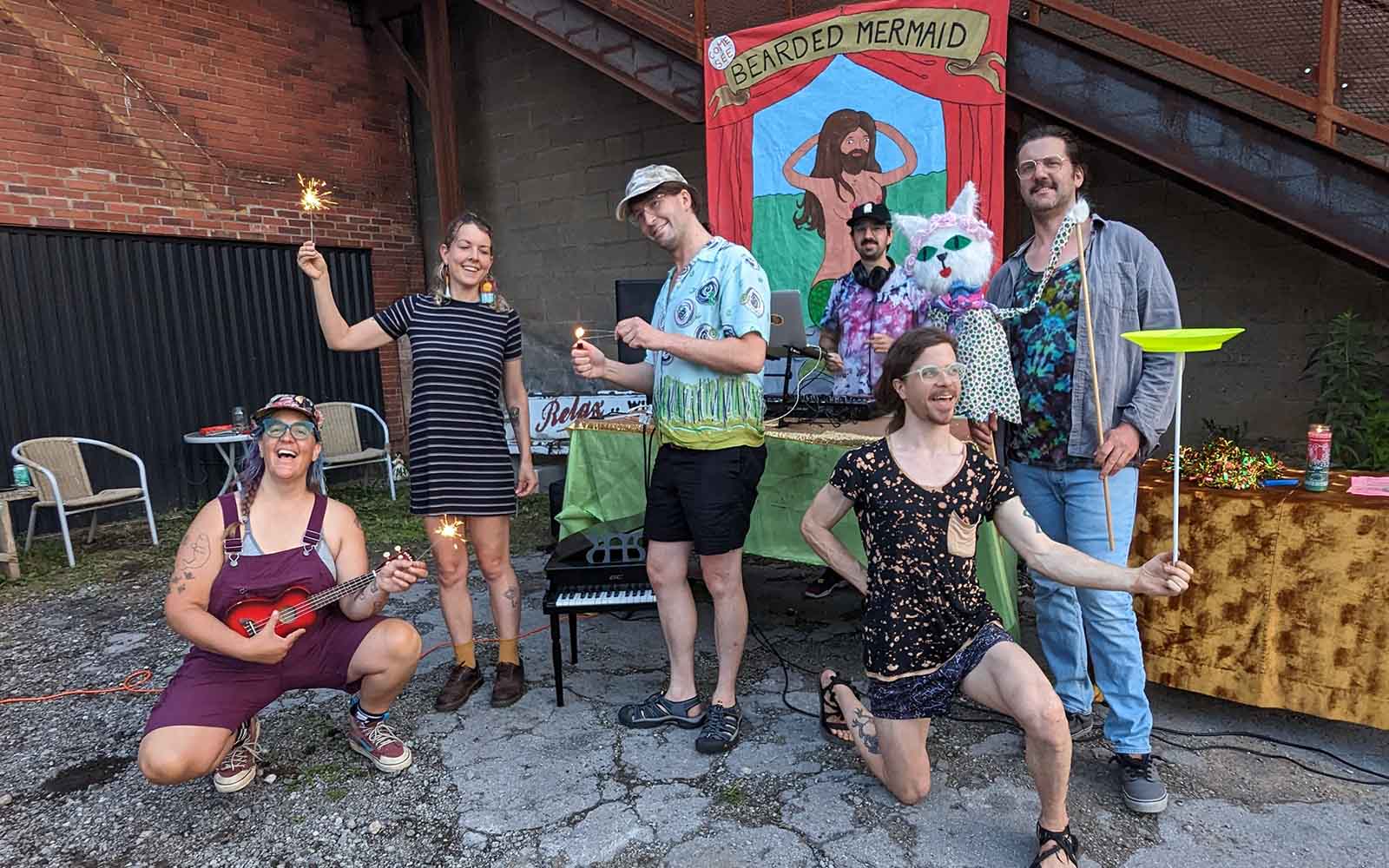
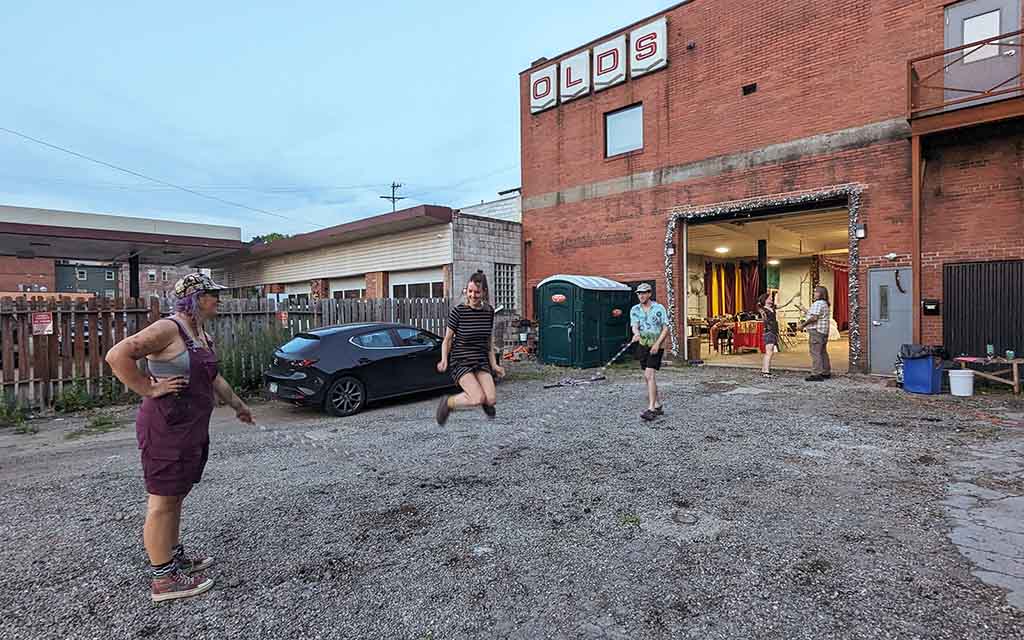
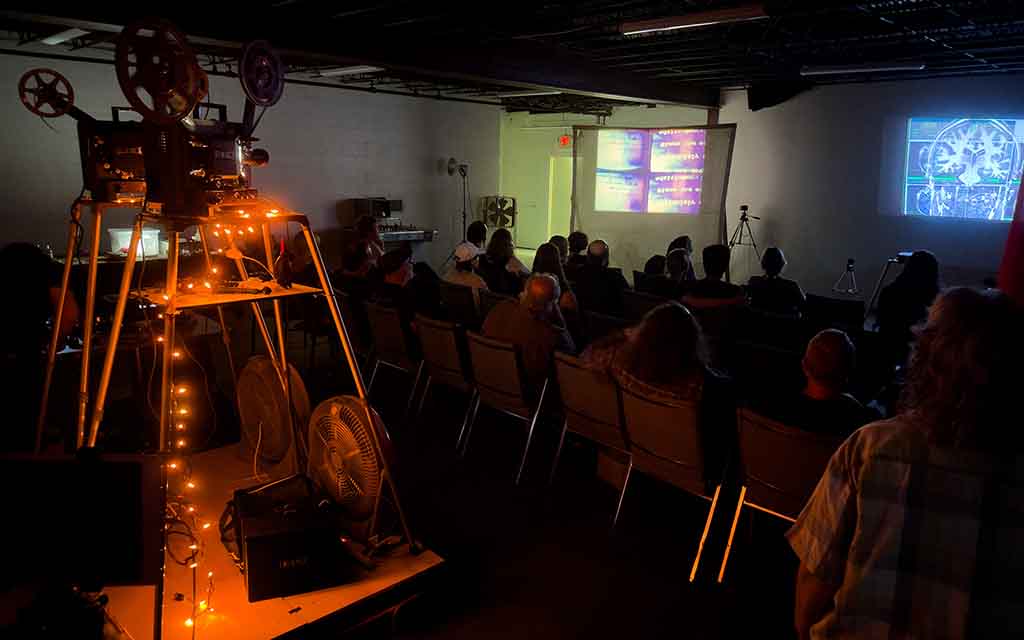
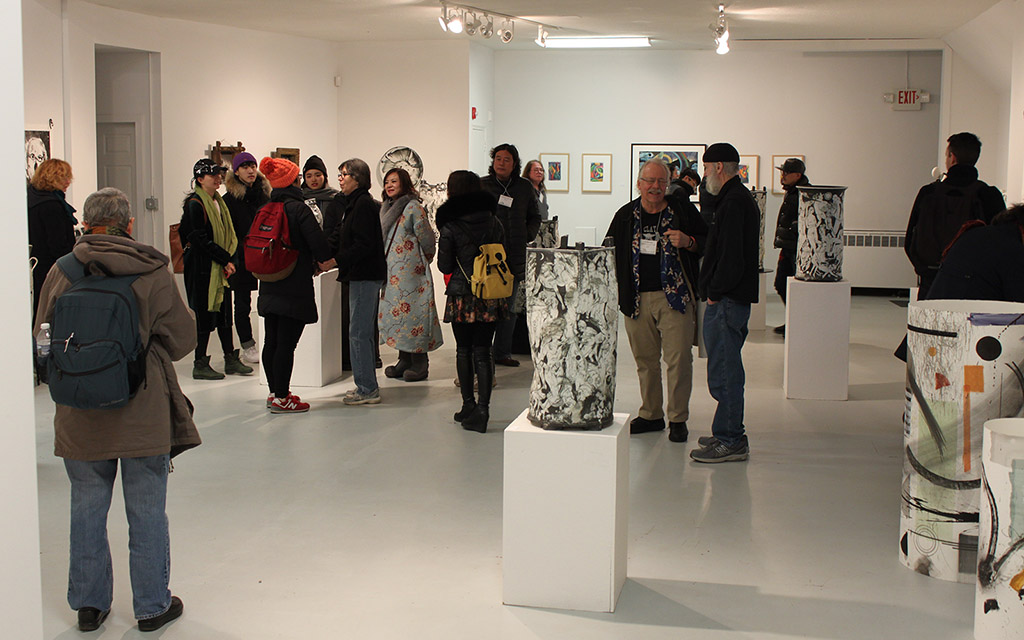




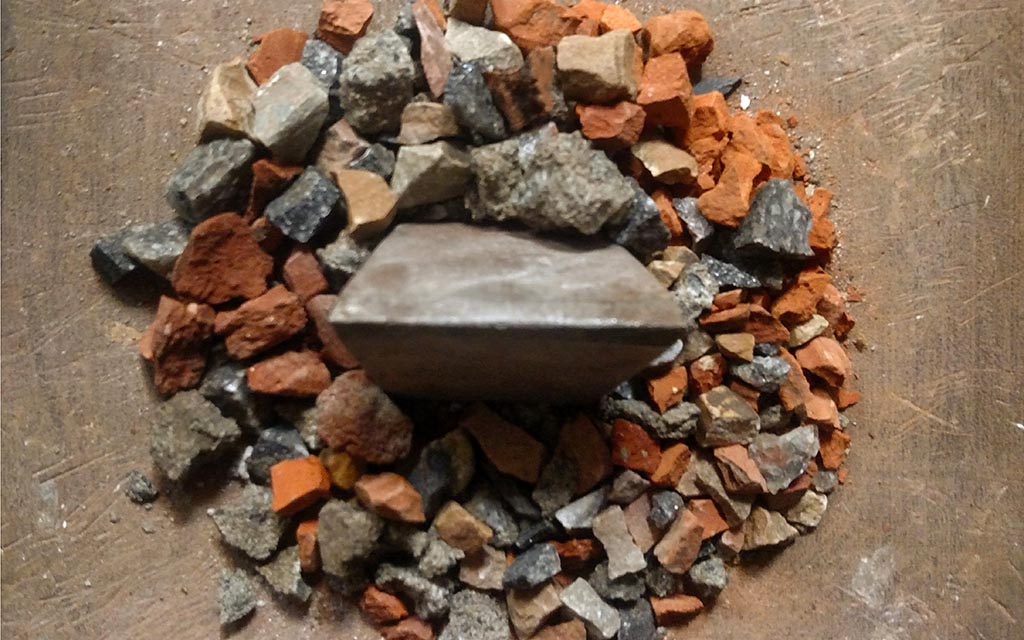

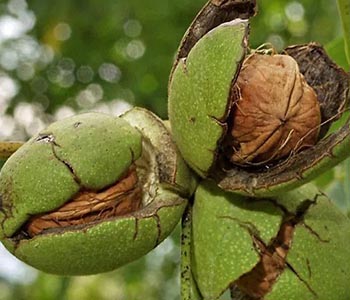
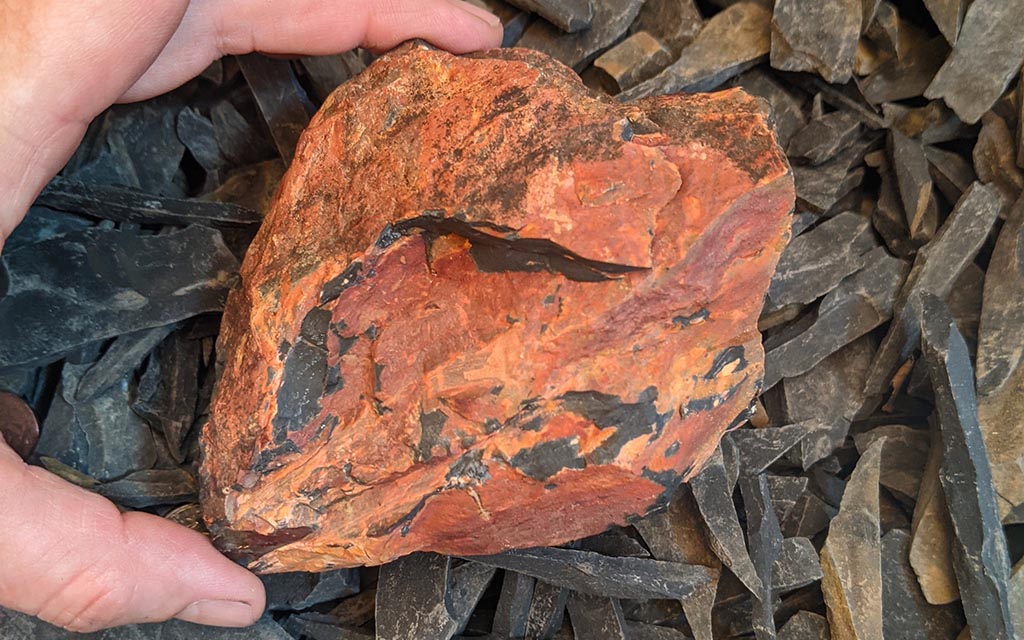 Red Dog: The Storytelling Stone
Red Dog: The Storytelling Stone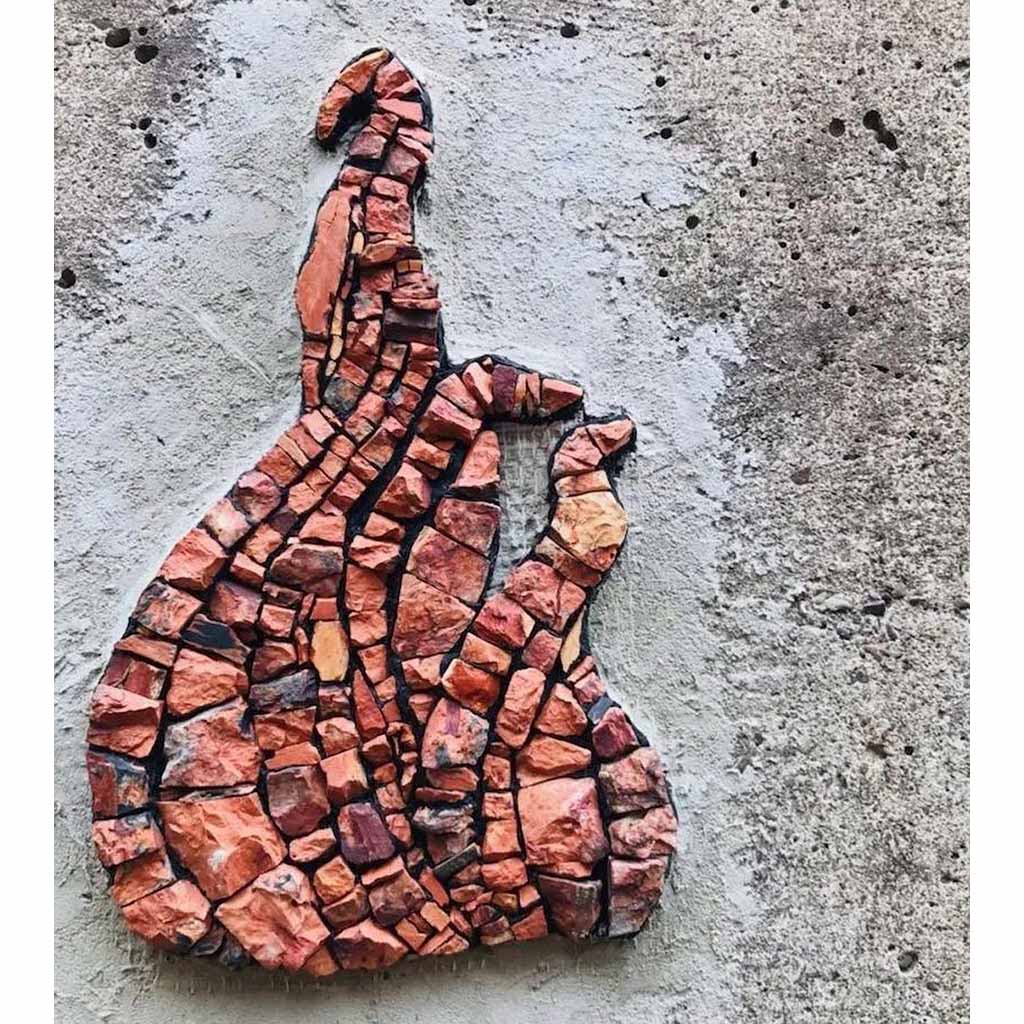
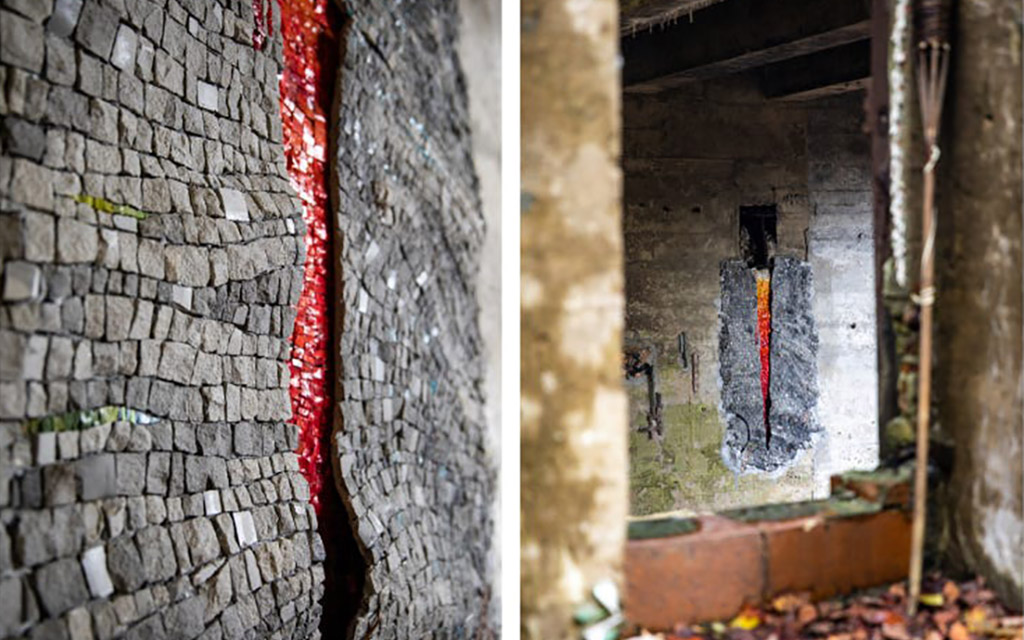
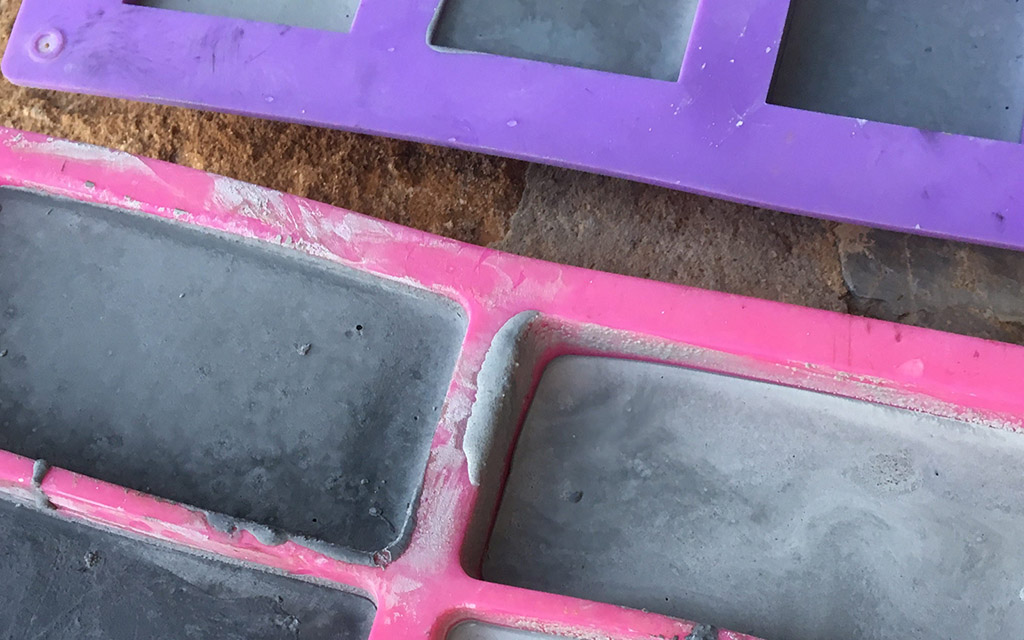
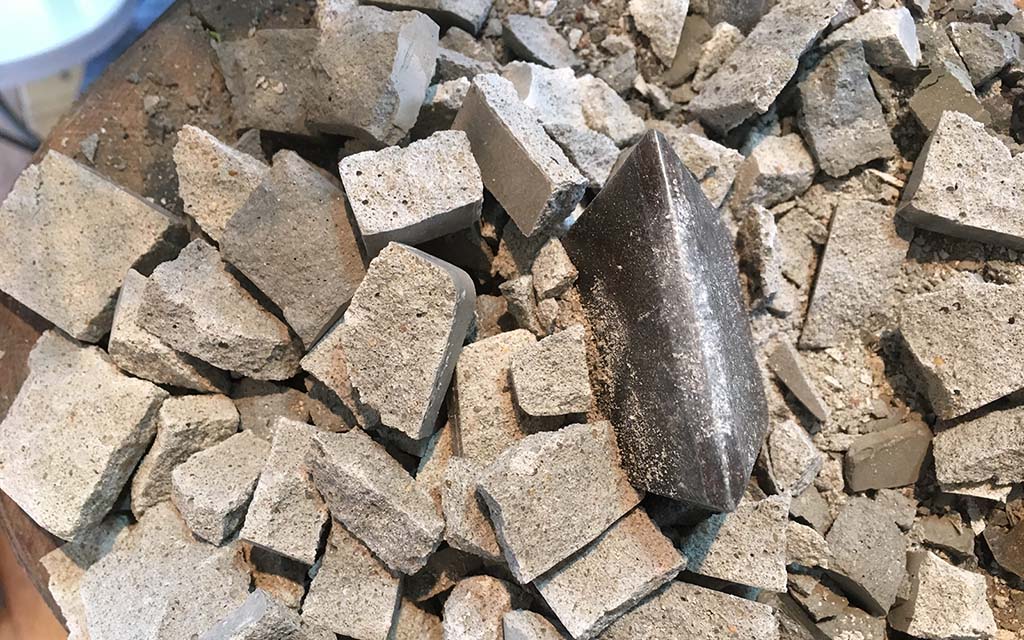
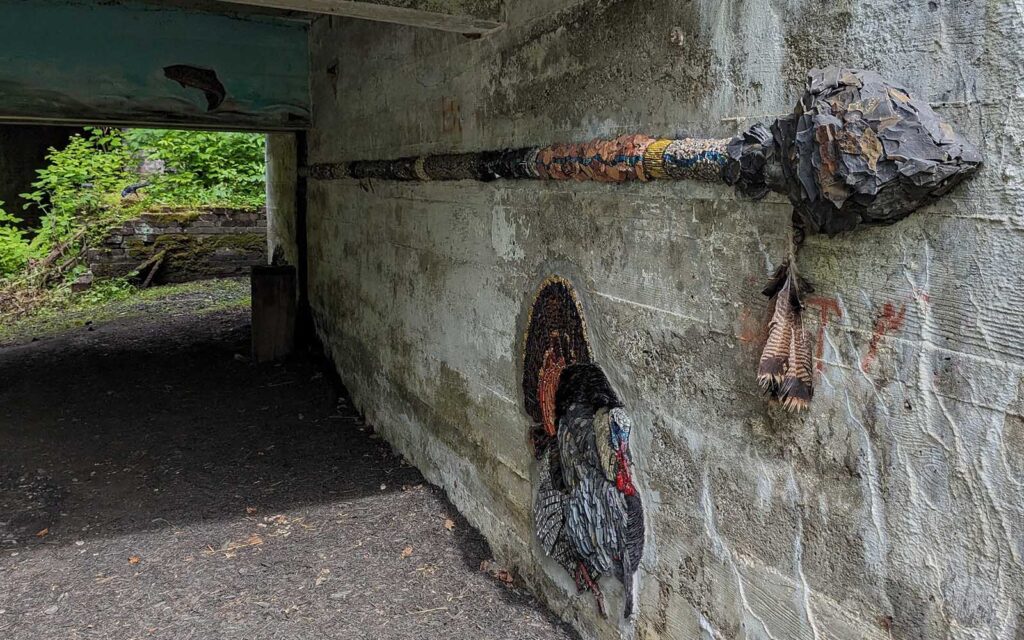


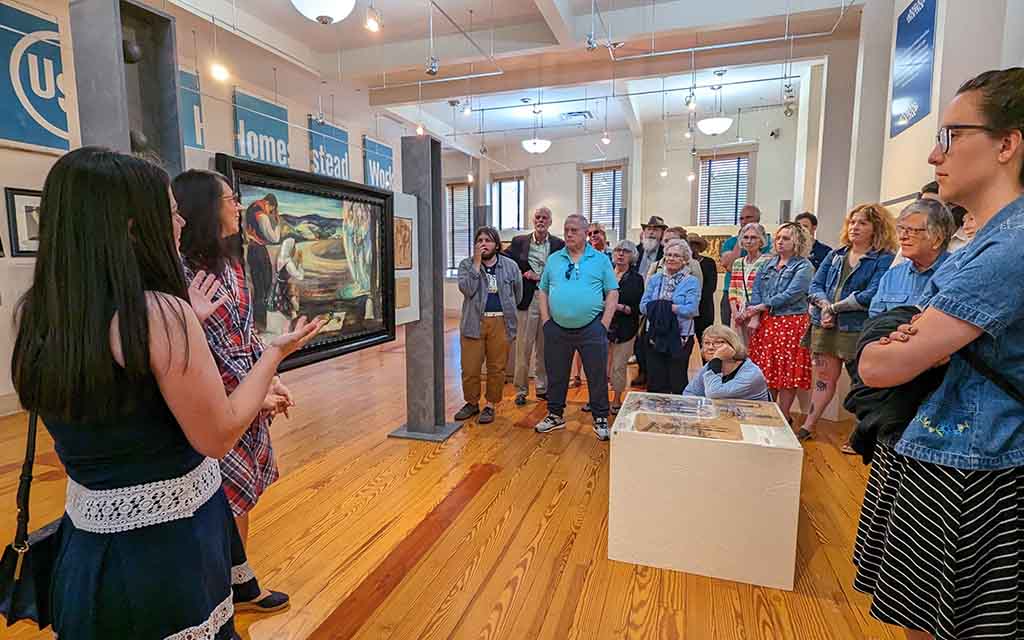
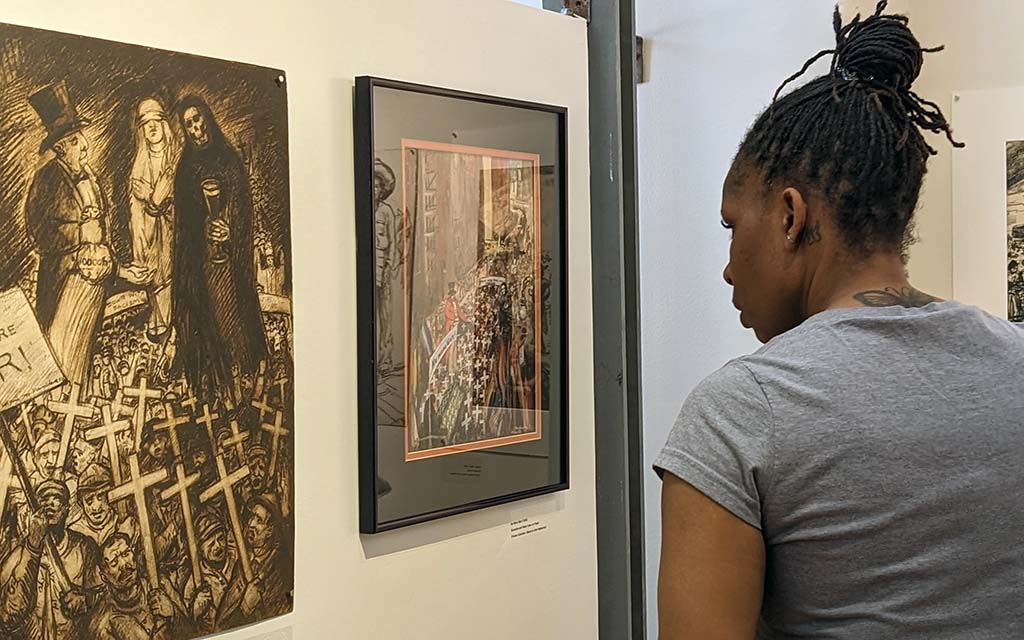
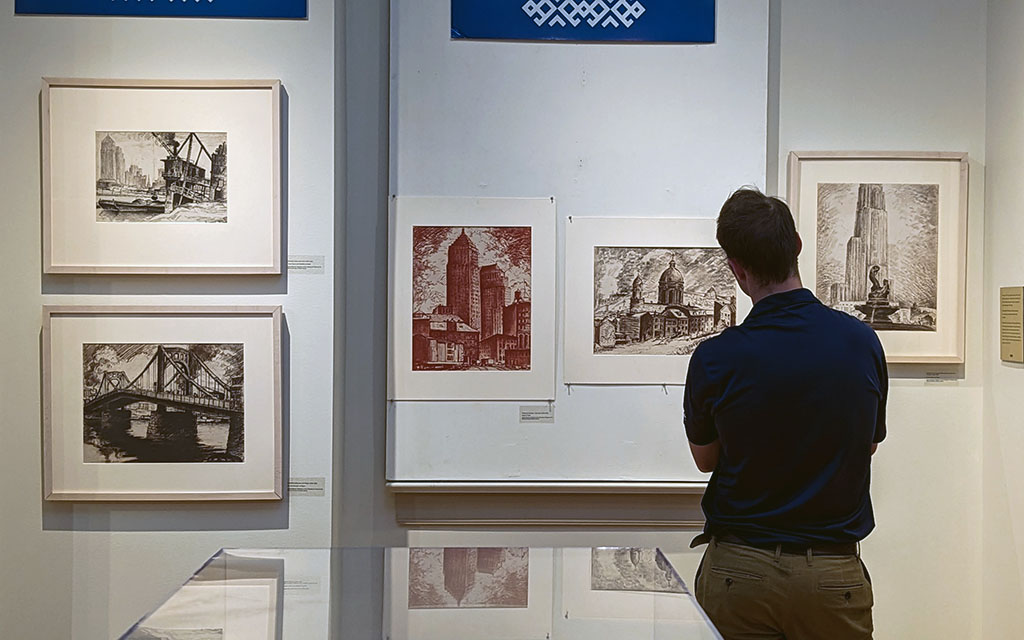

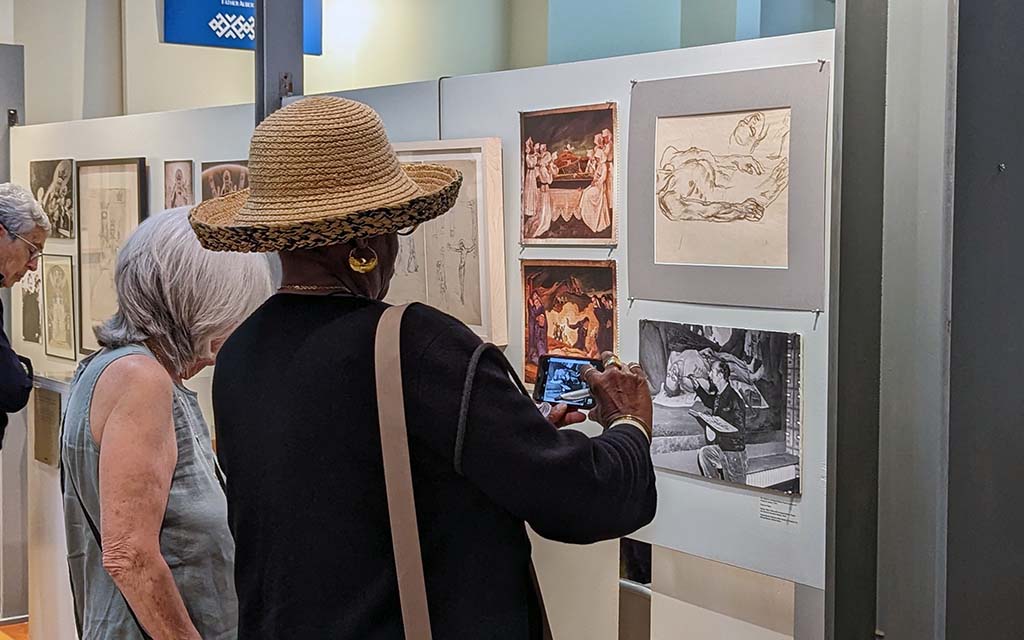
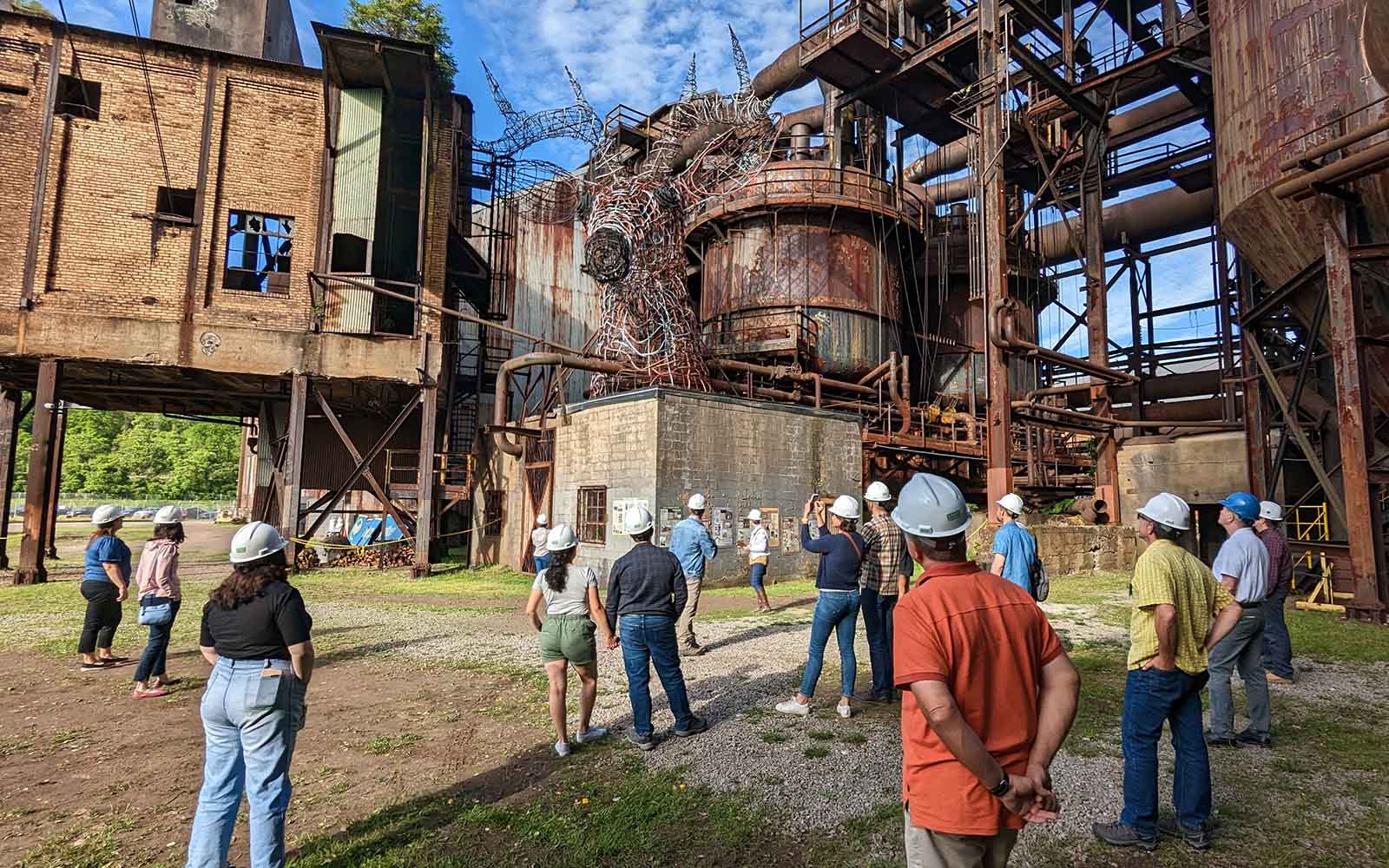
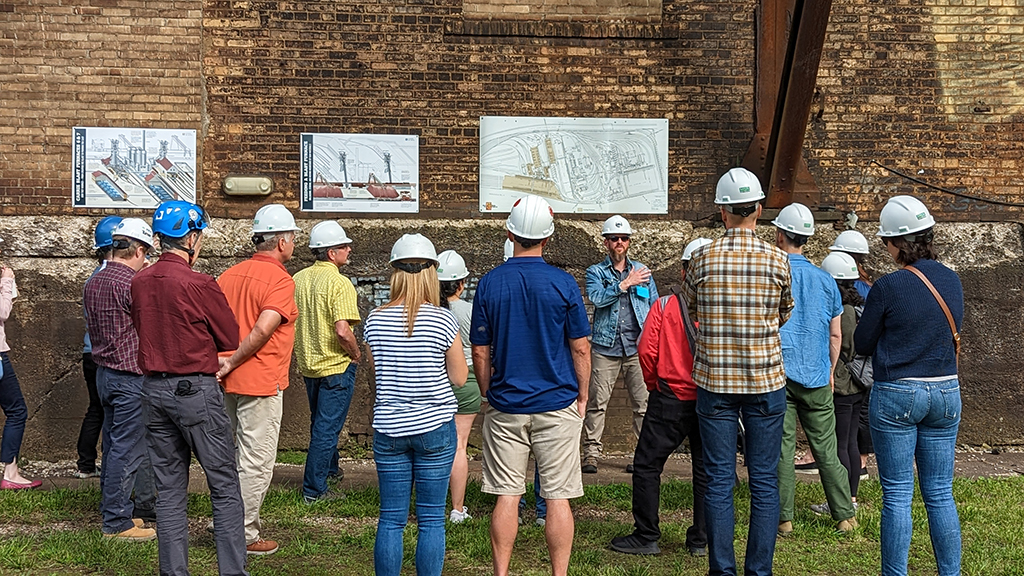
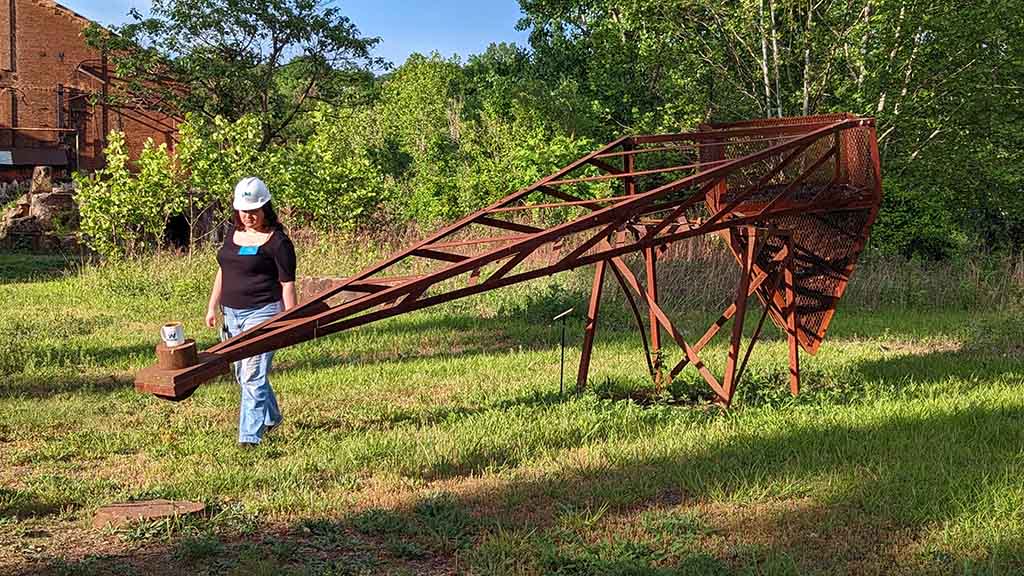
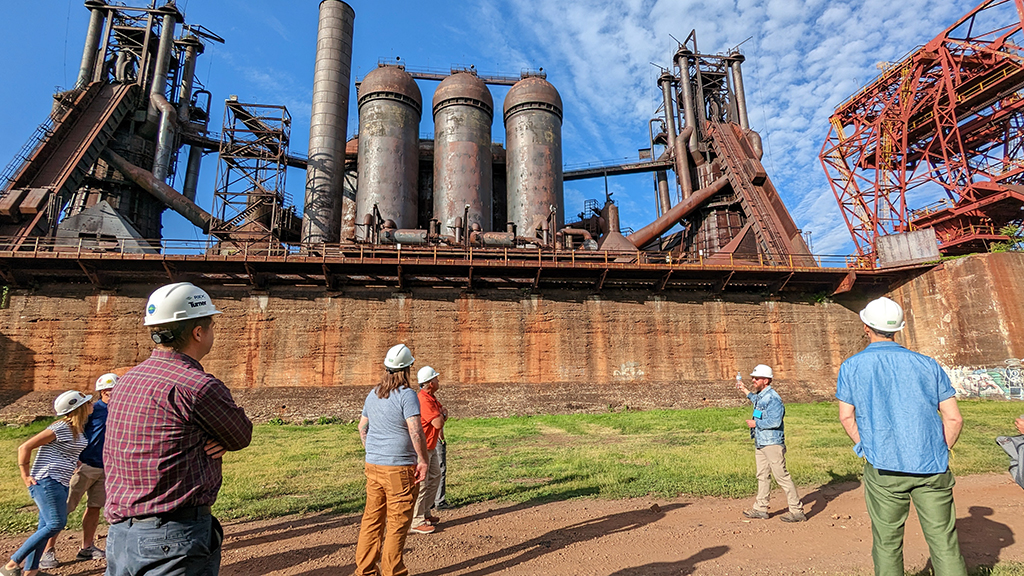
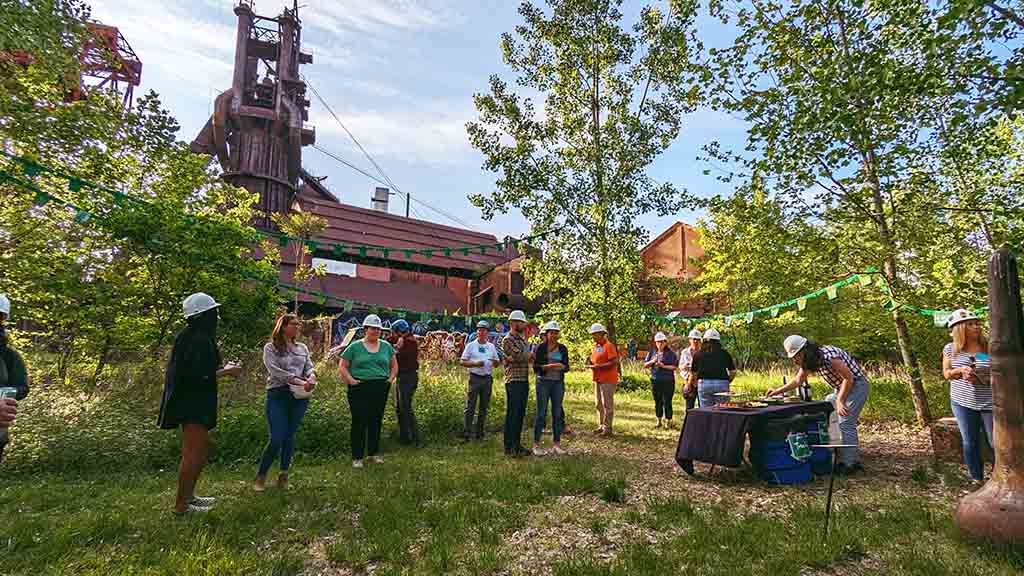
 Jordan Snowden is a freelance writer based in Pittsburgh whose work has been published in The Seattle Times, Pittsburgh City Paper ,and elsewhere. She also runs @jord_reads_books, a book-focused Instagram account where she connects with other bookworms. In her free time, Jordan can be found with a book in her hand or DIYing something with her husband.
Jordan Snowden is a freelance writer based in Pittsburgh whose work has been published in The Seattle Times, Pittsburgh City Paper ,and elsewhere. She also runs @jord_reads_books, a book-focused Instagram account where she connects with other bookworms. In her free time, Jordan can be found with a book in her hand or DIYing something with her husband.